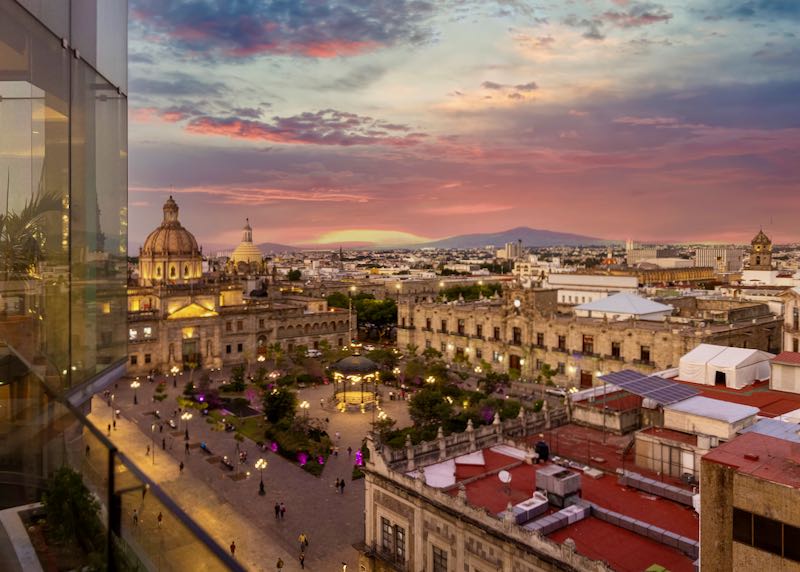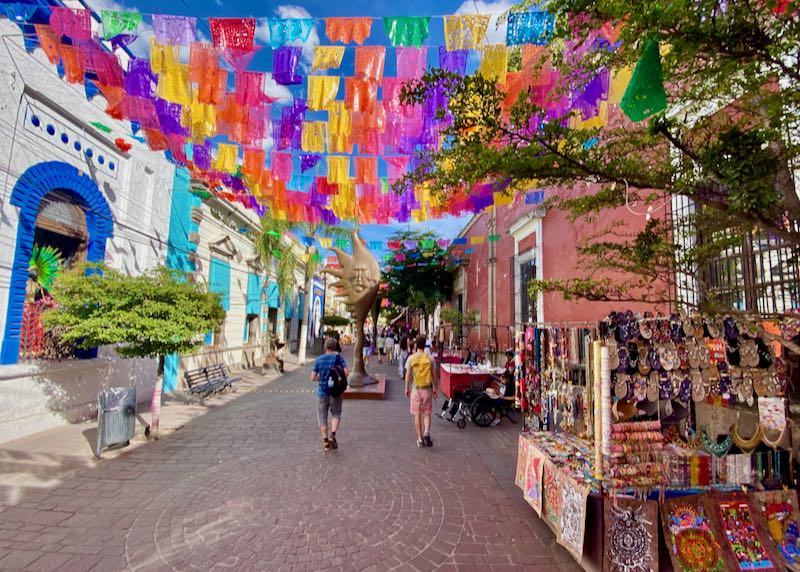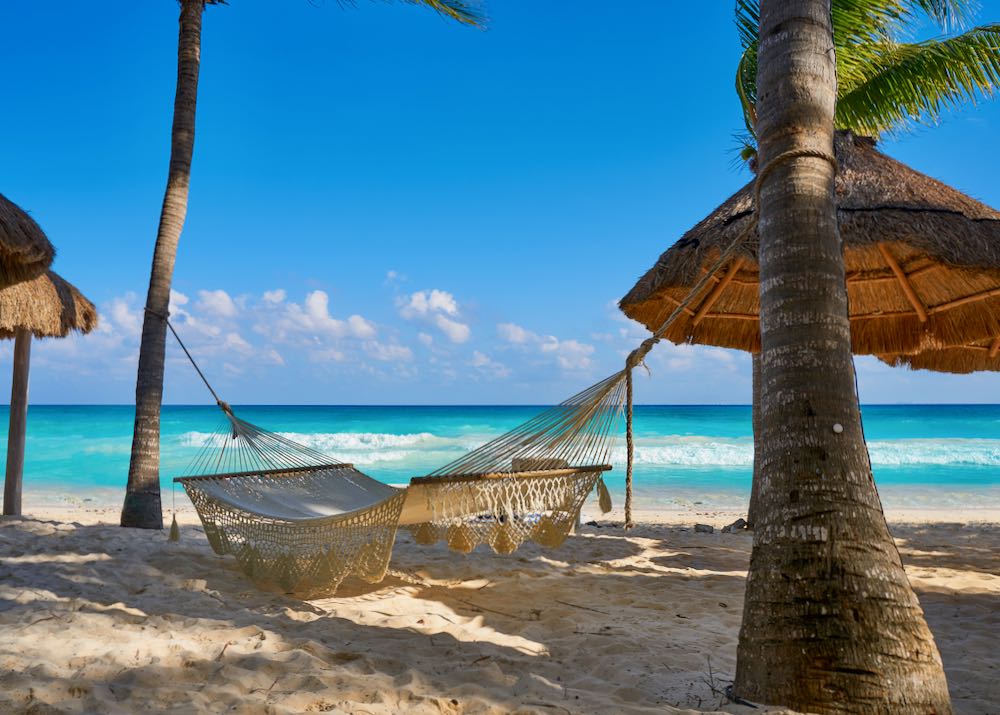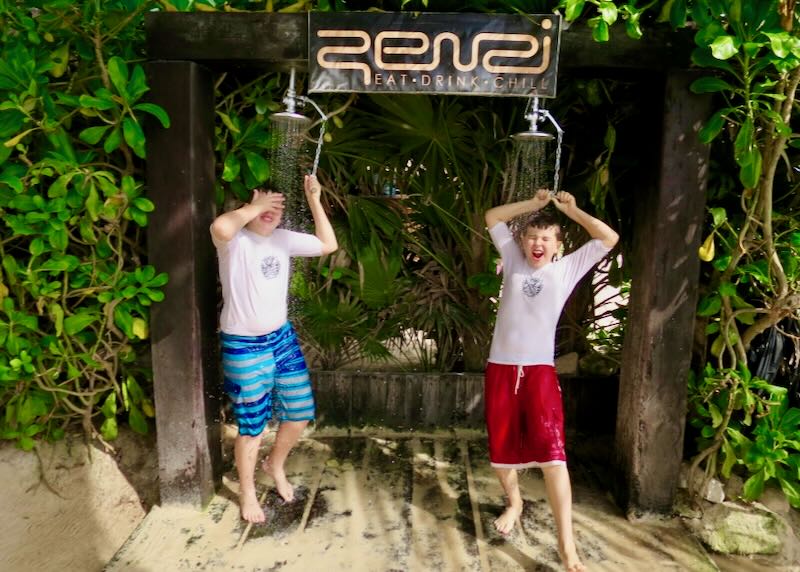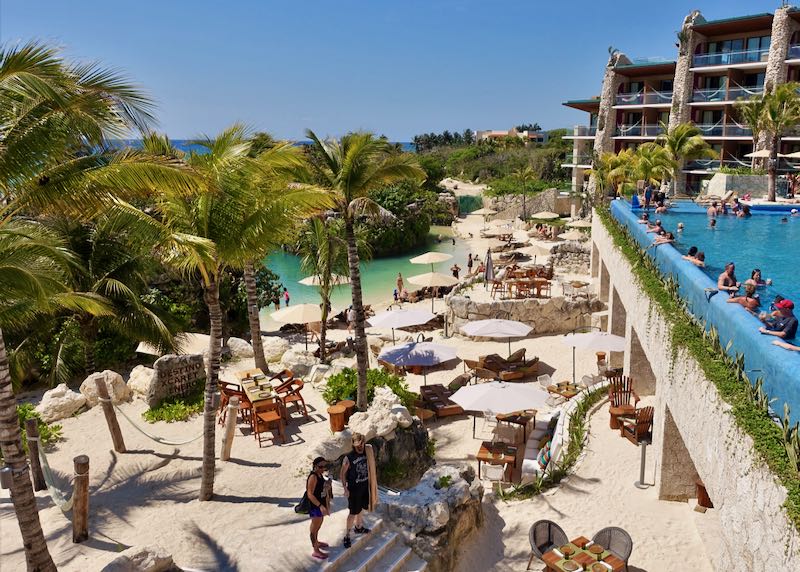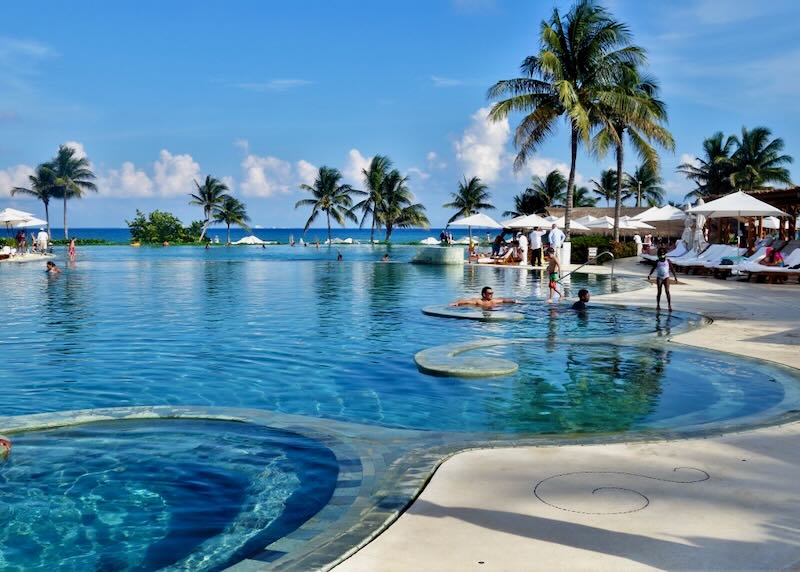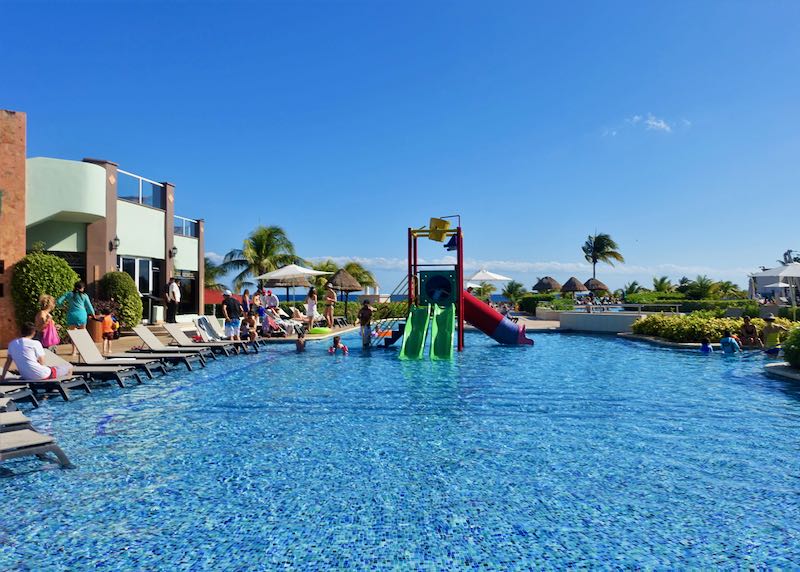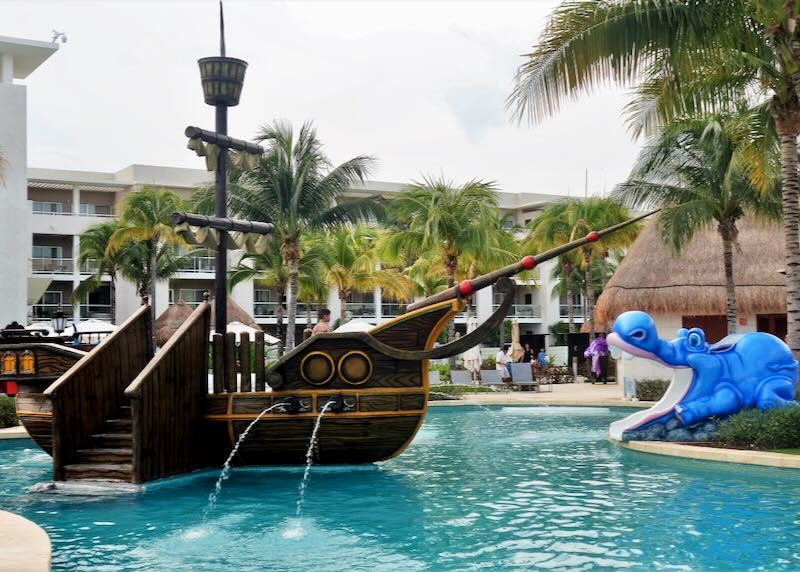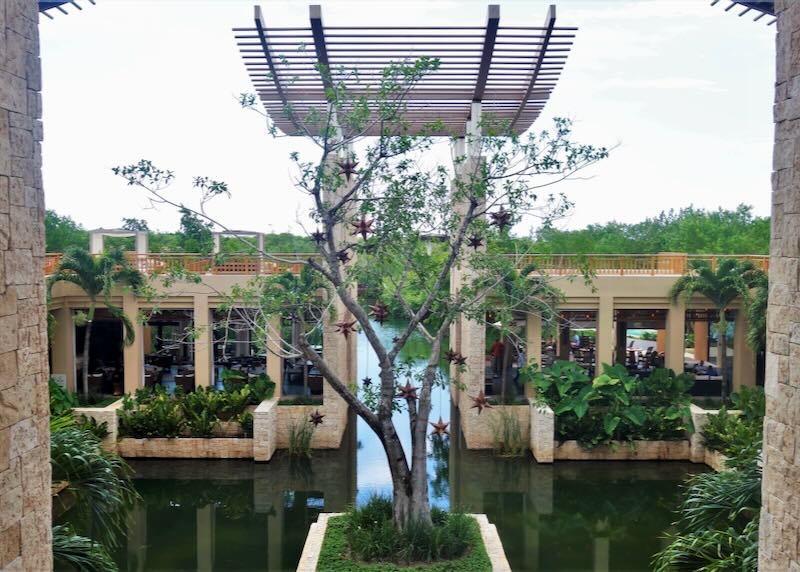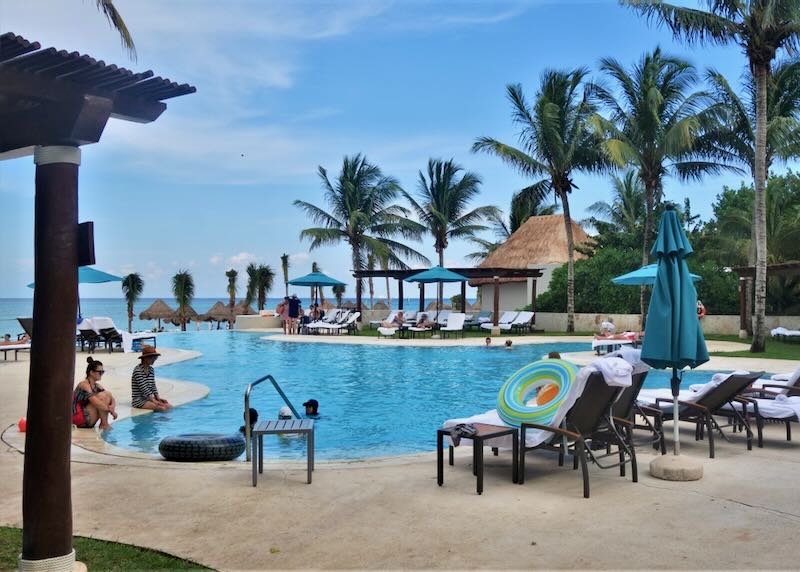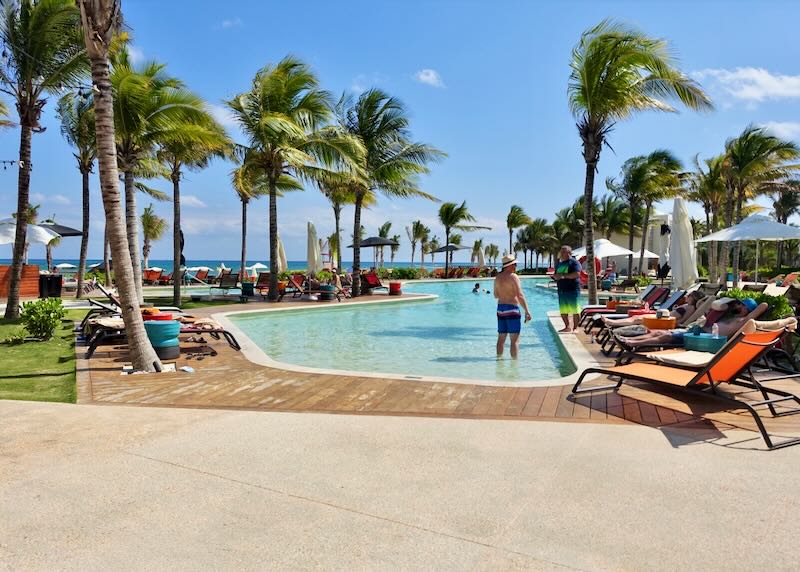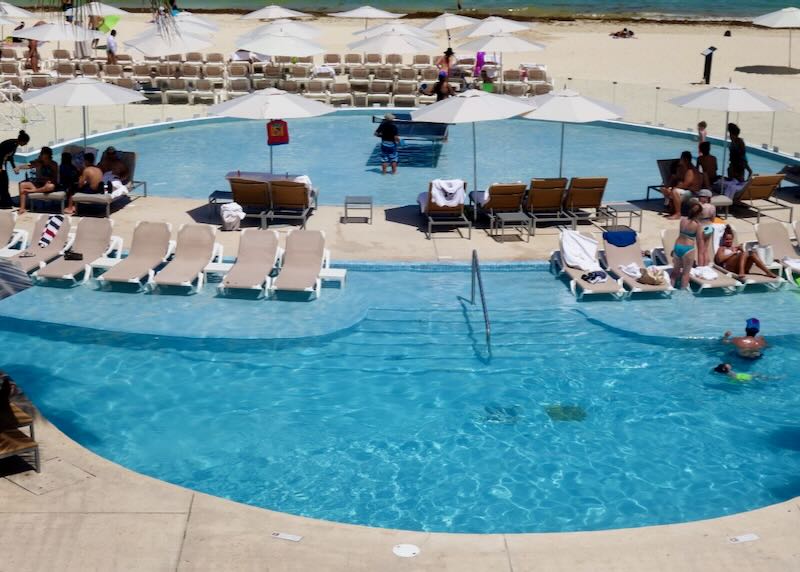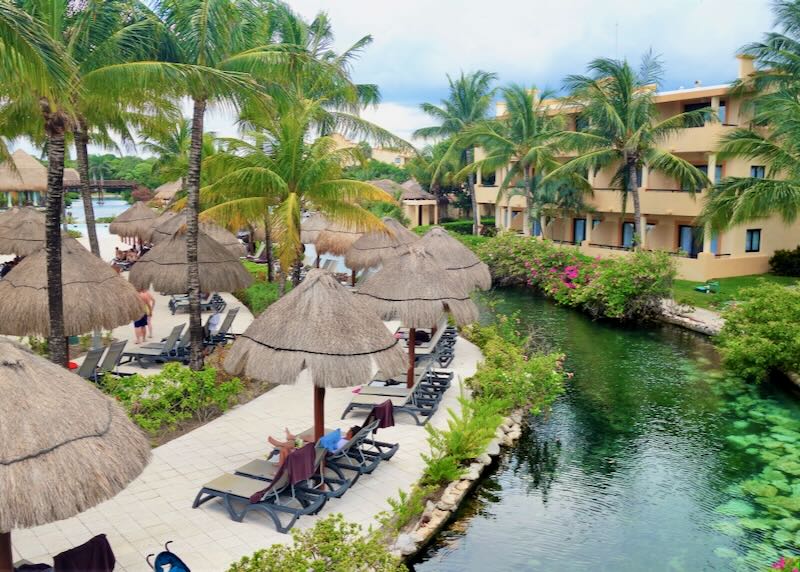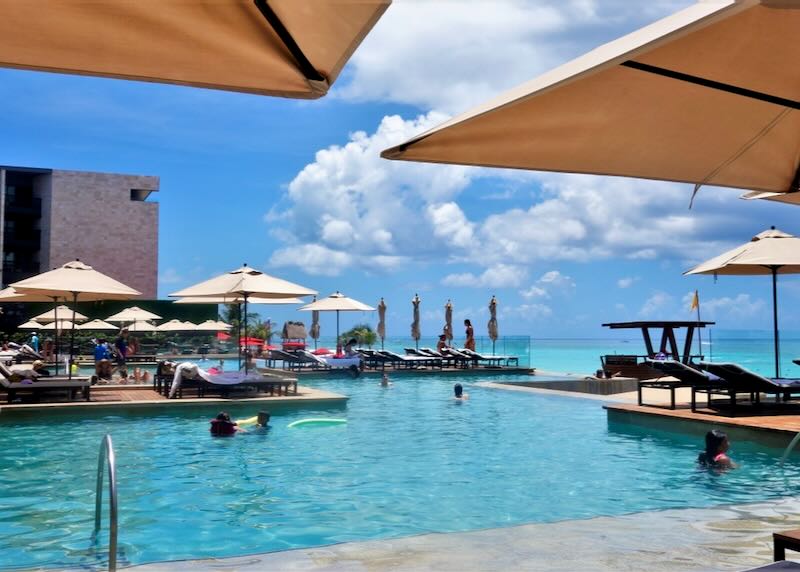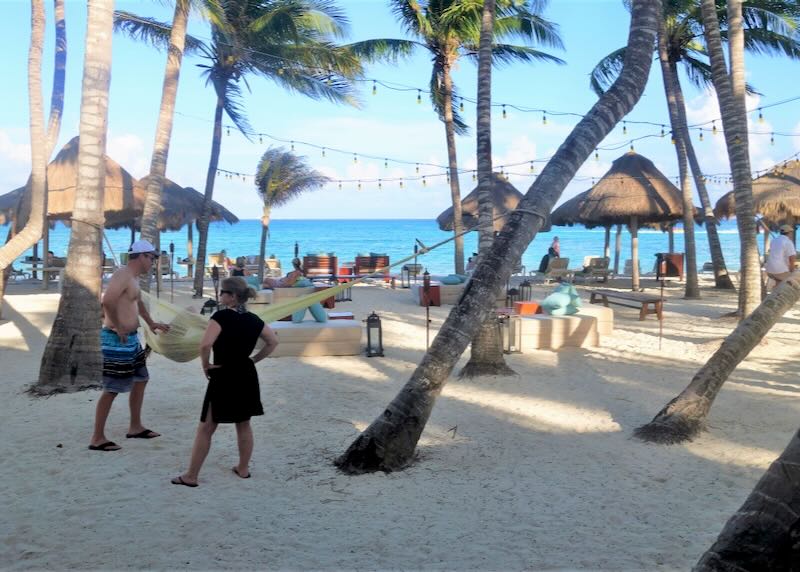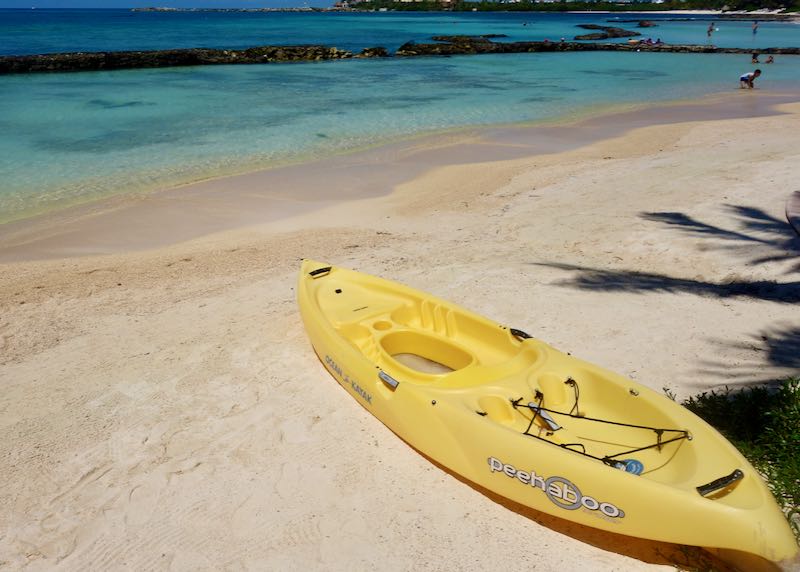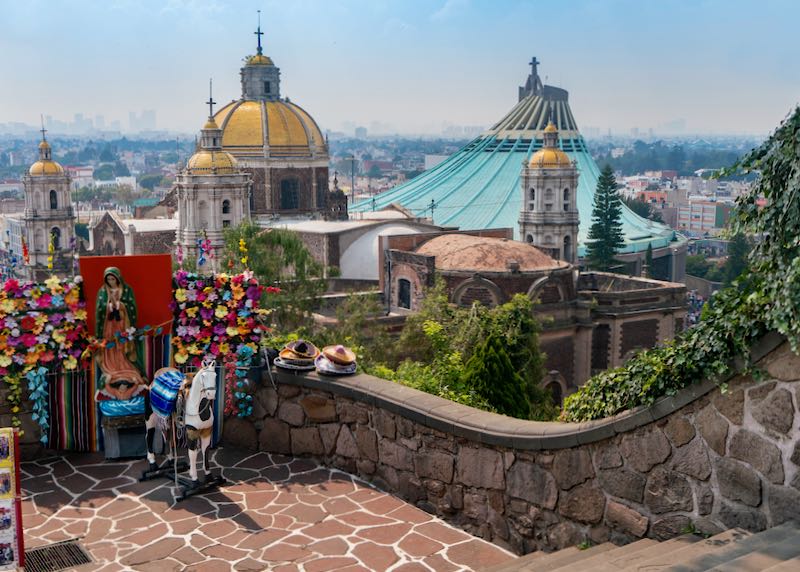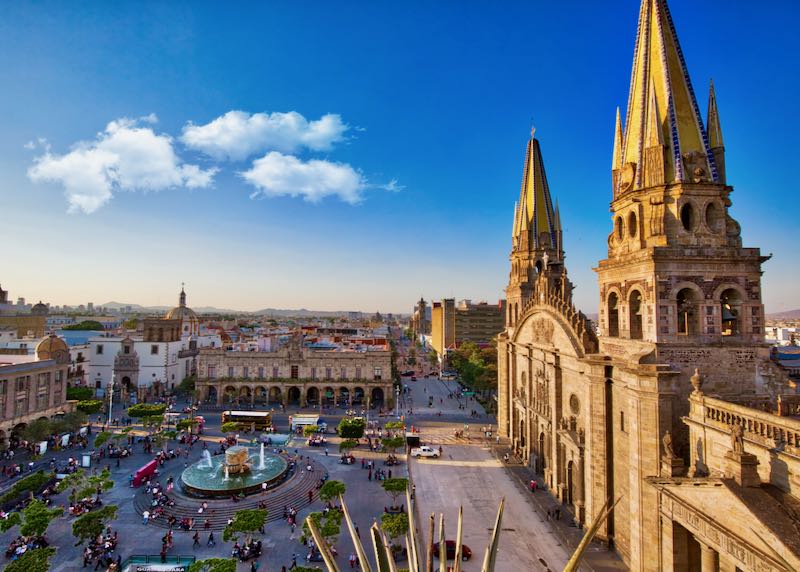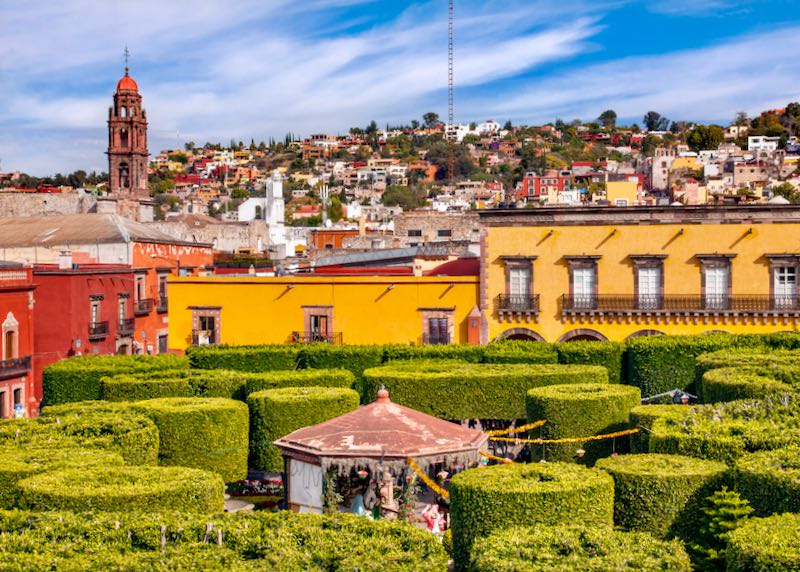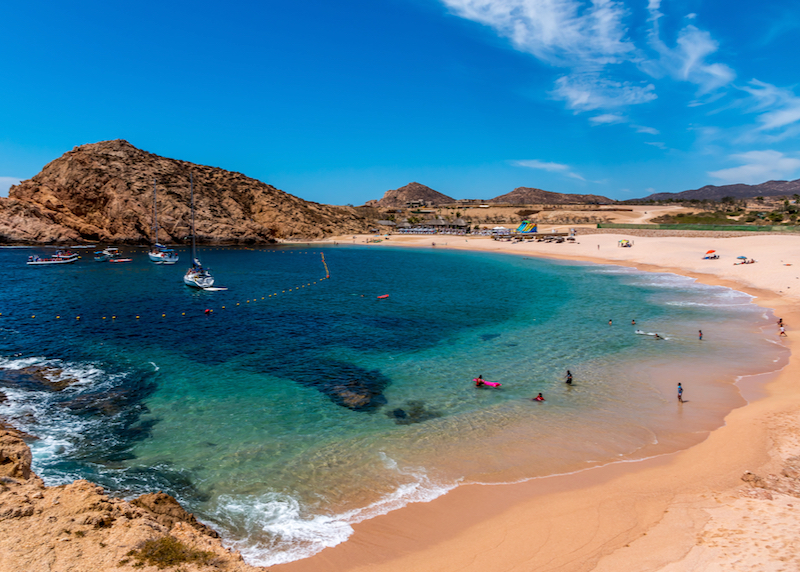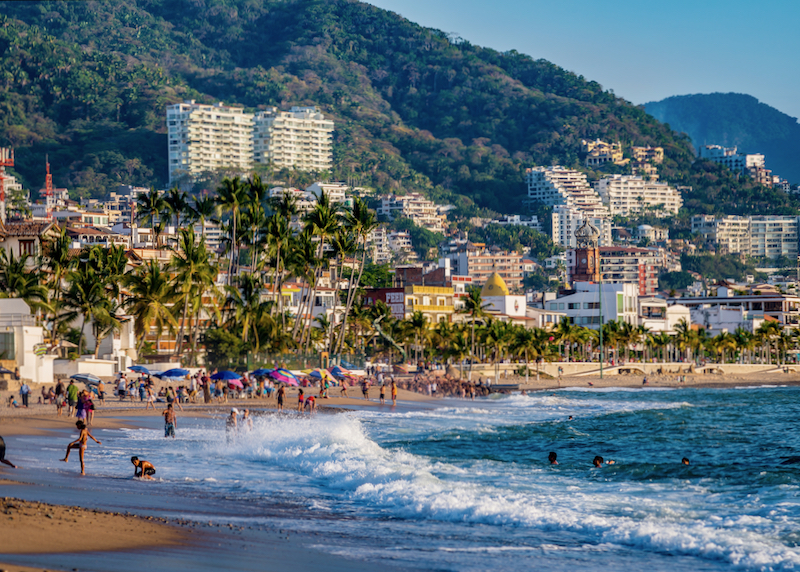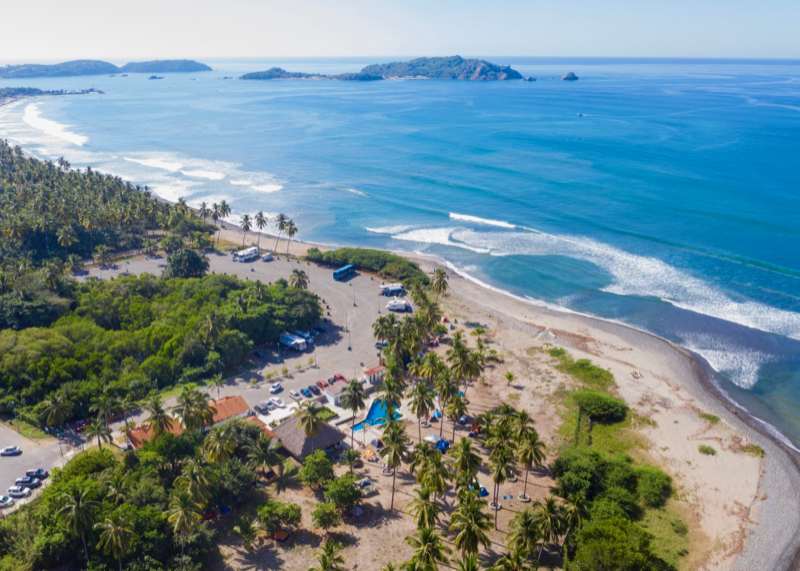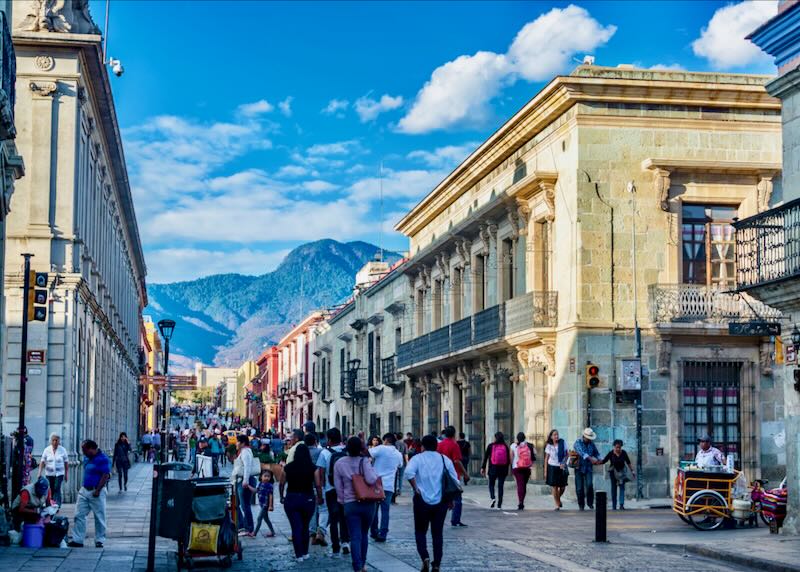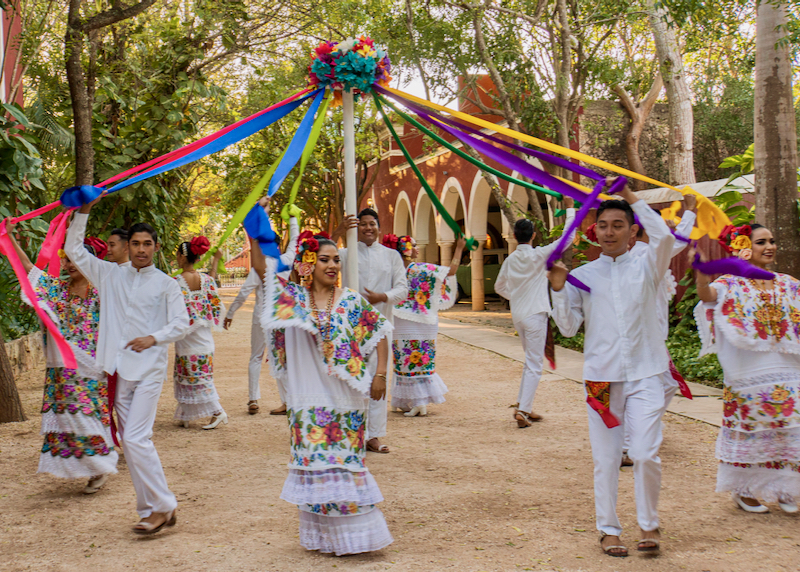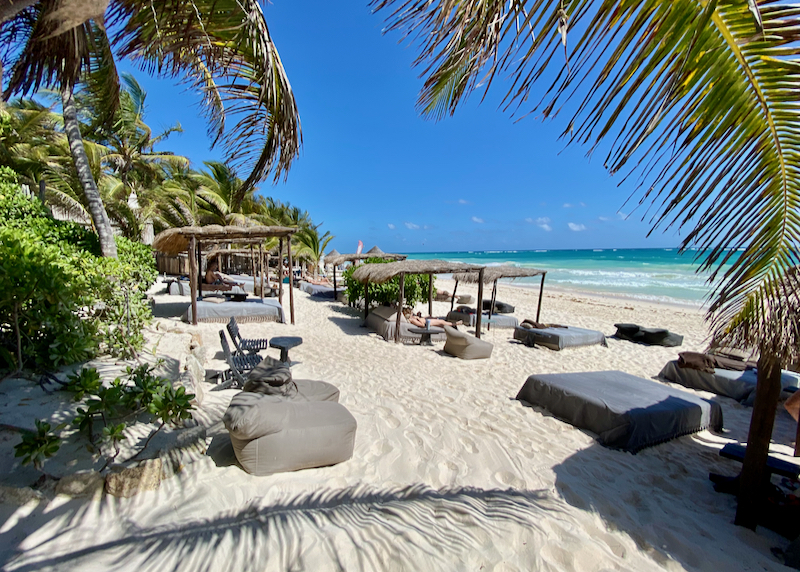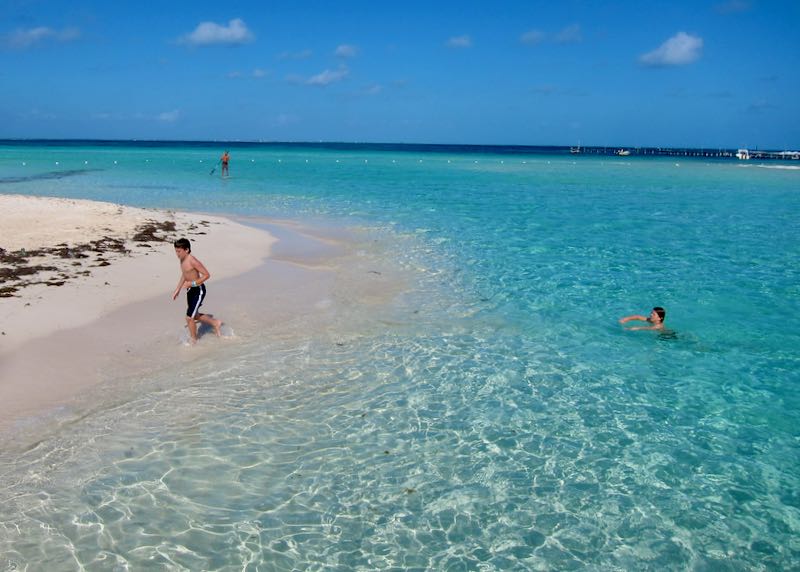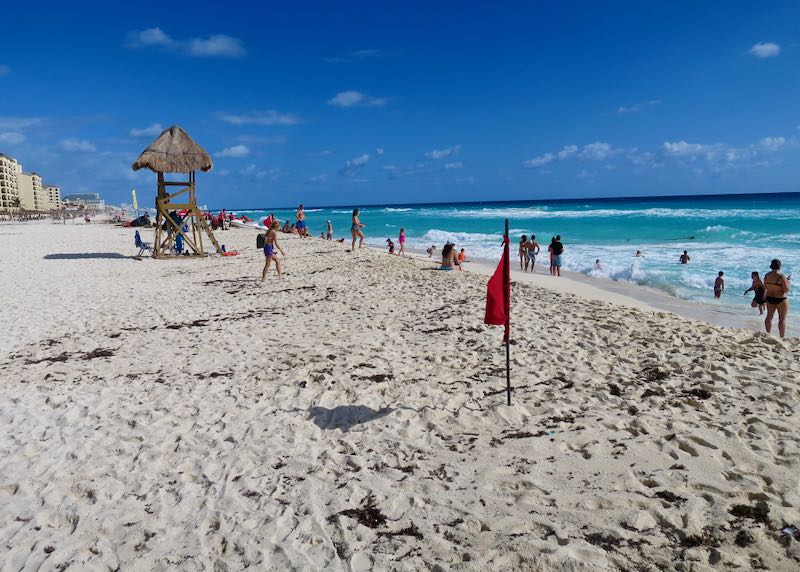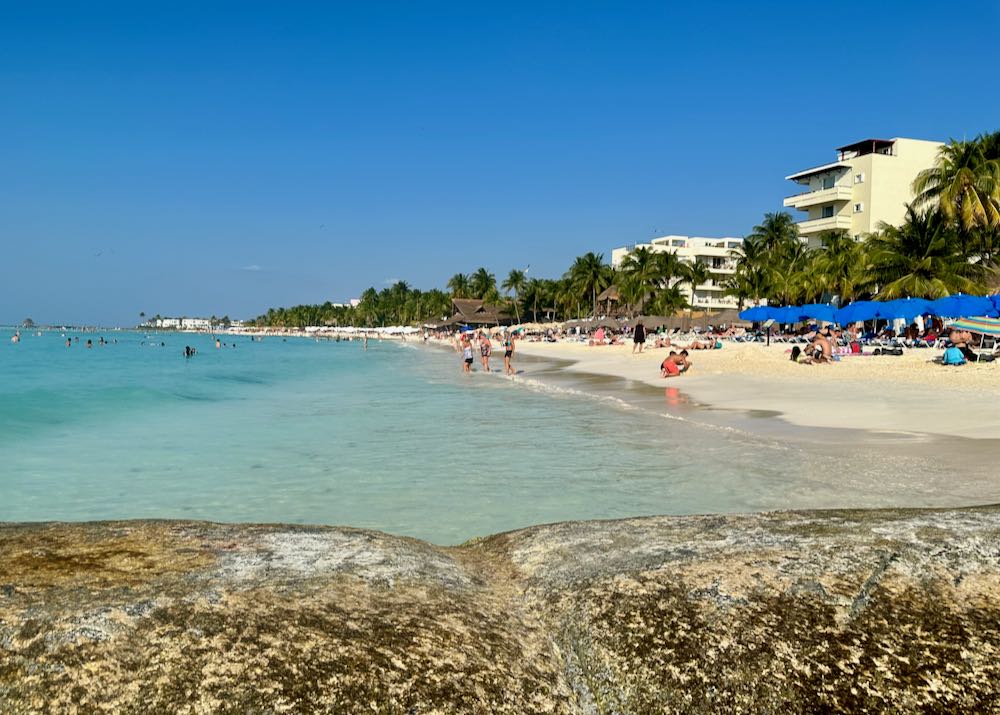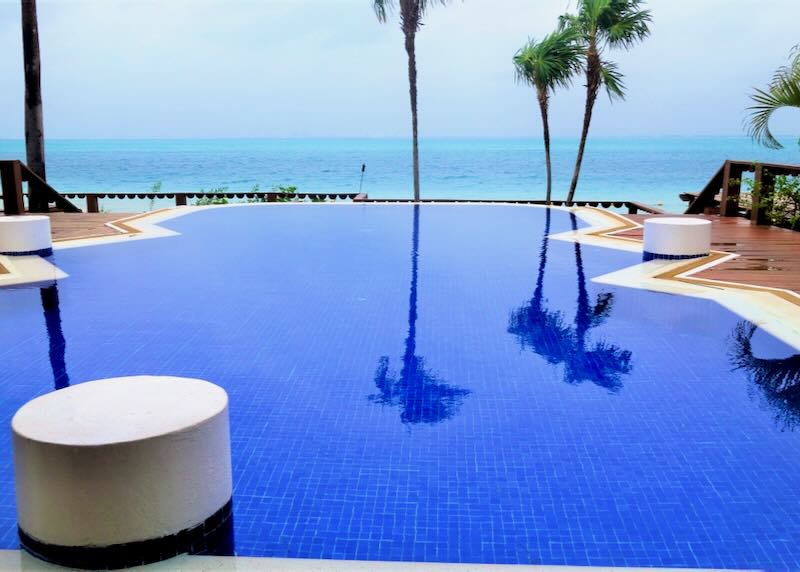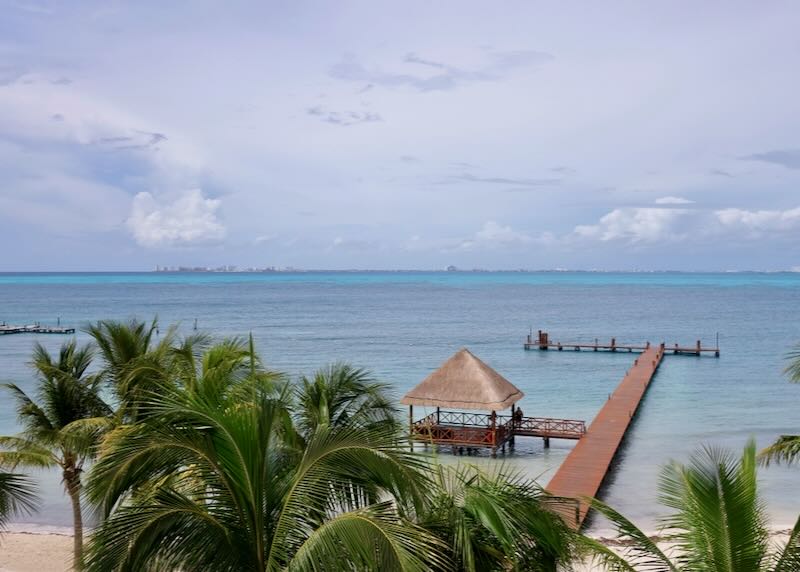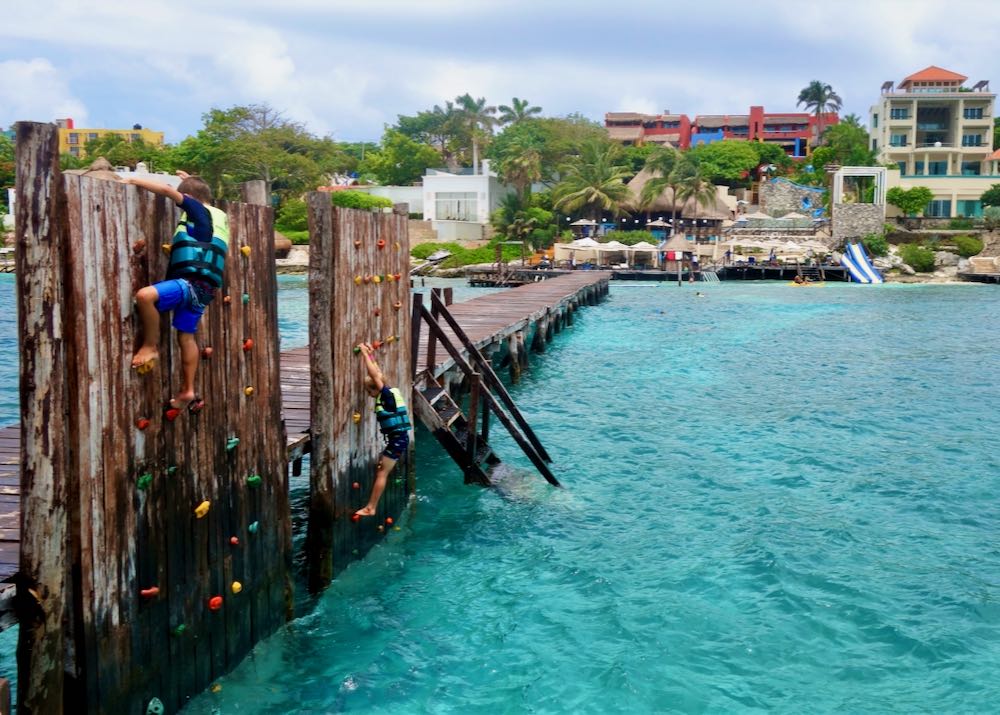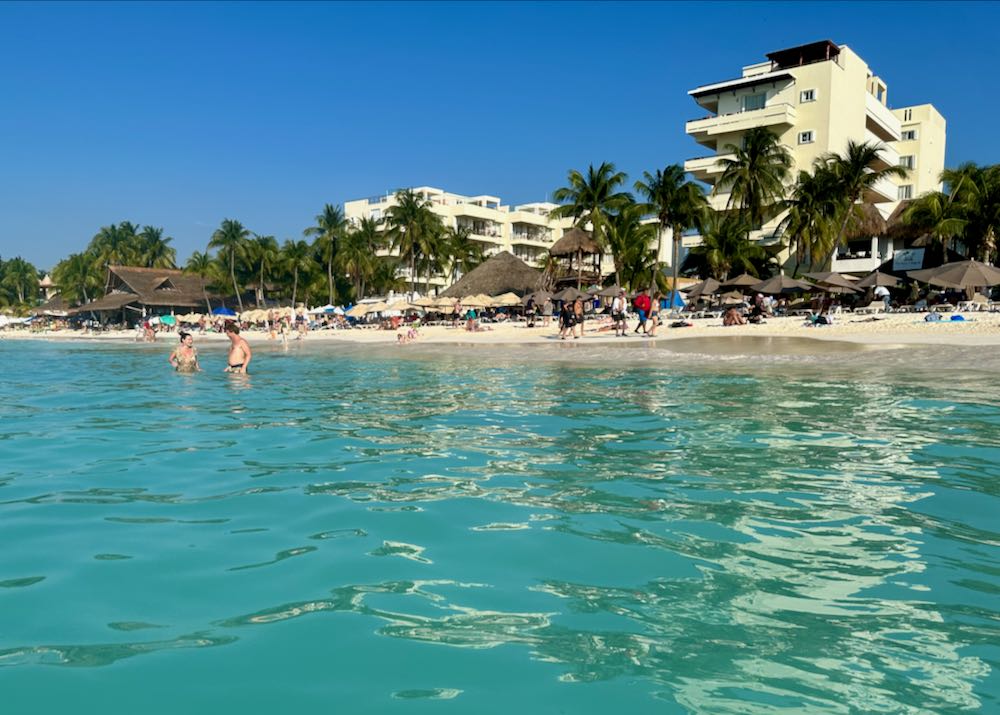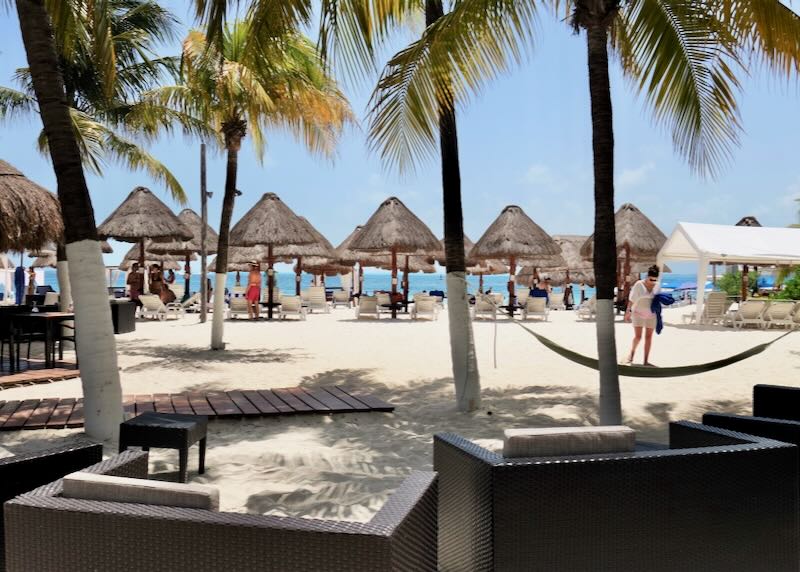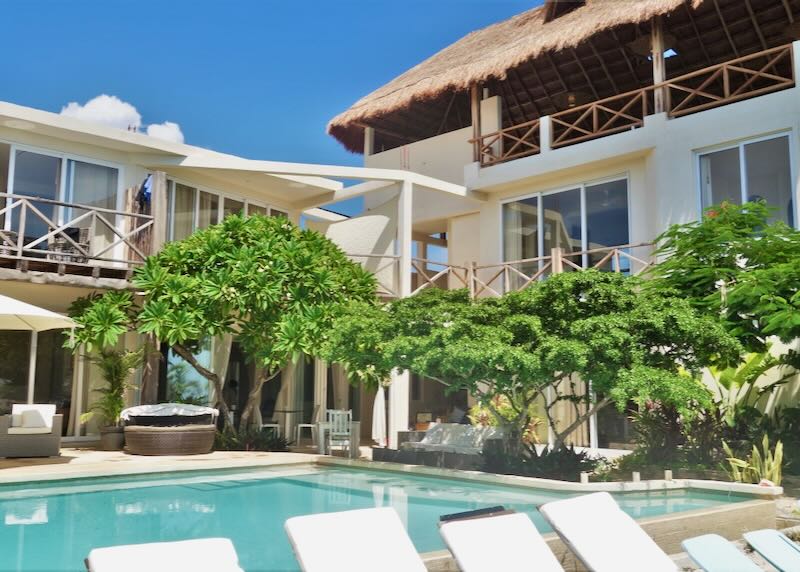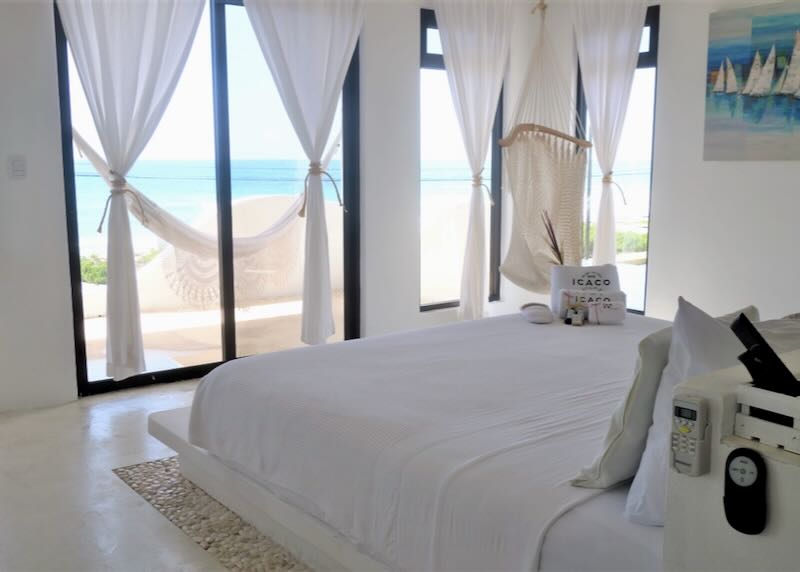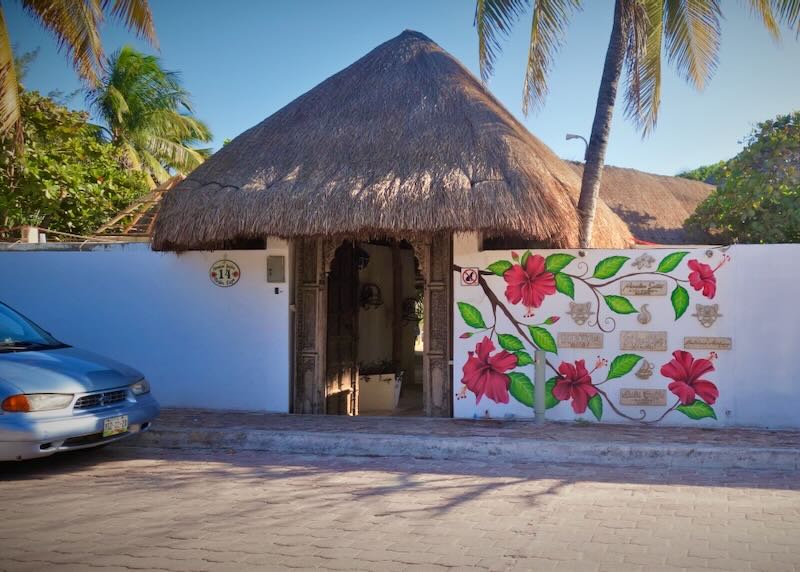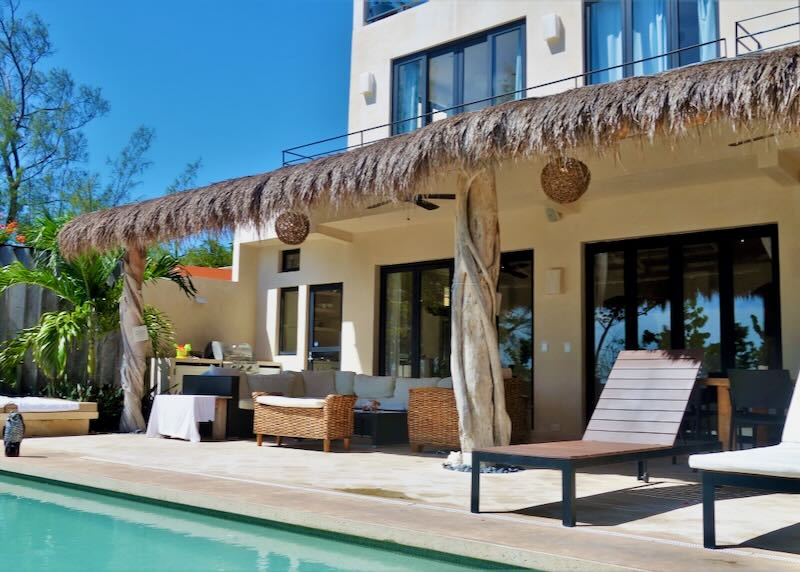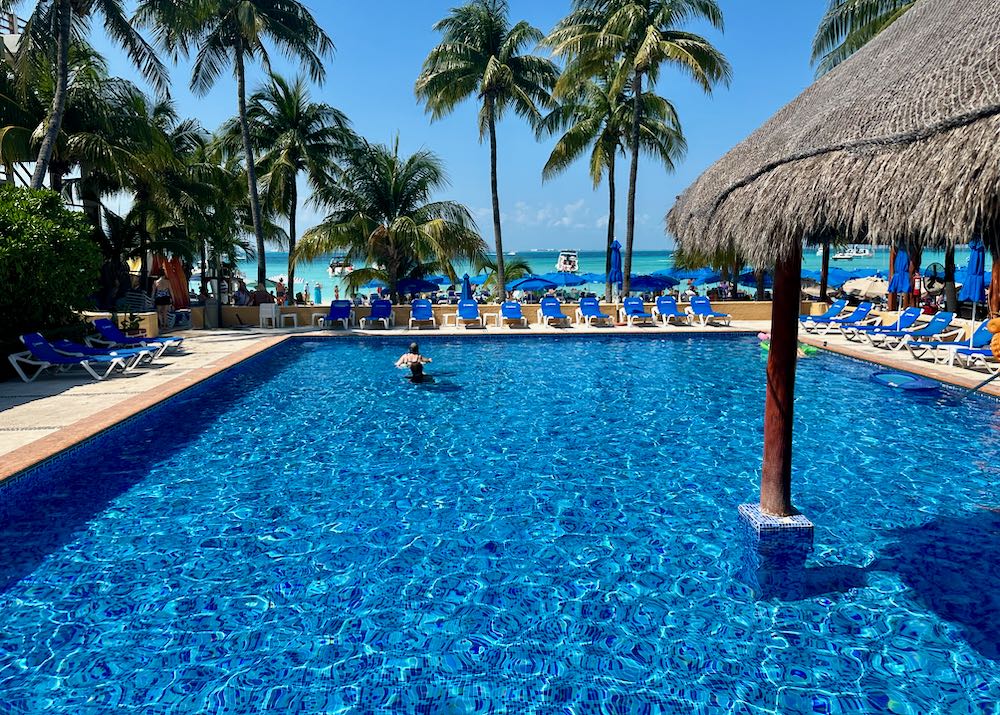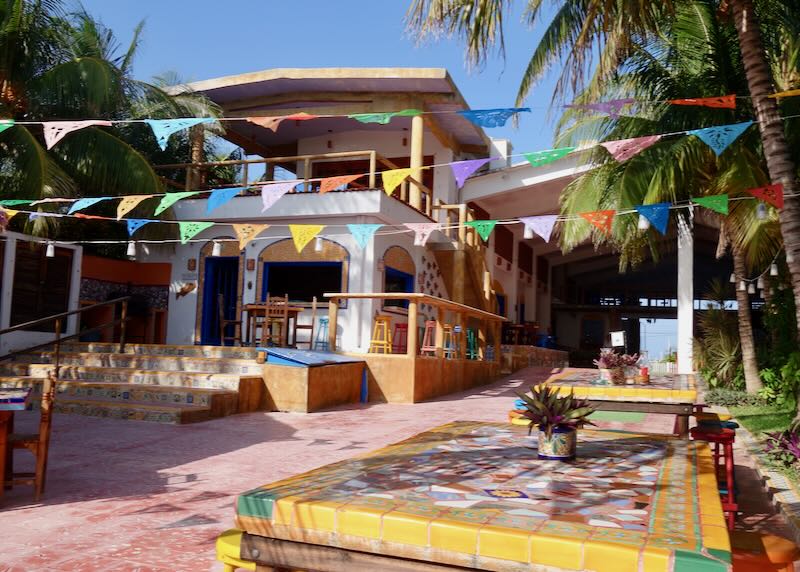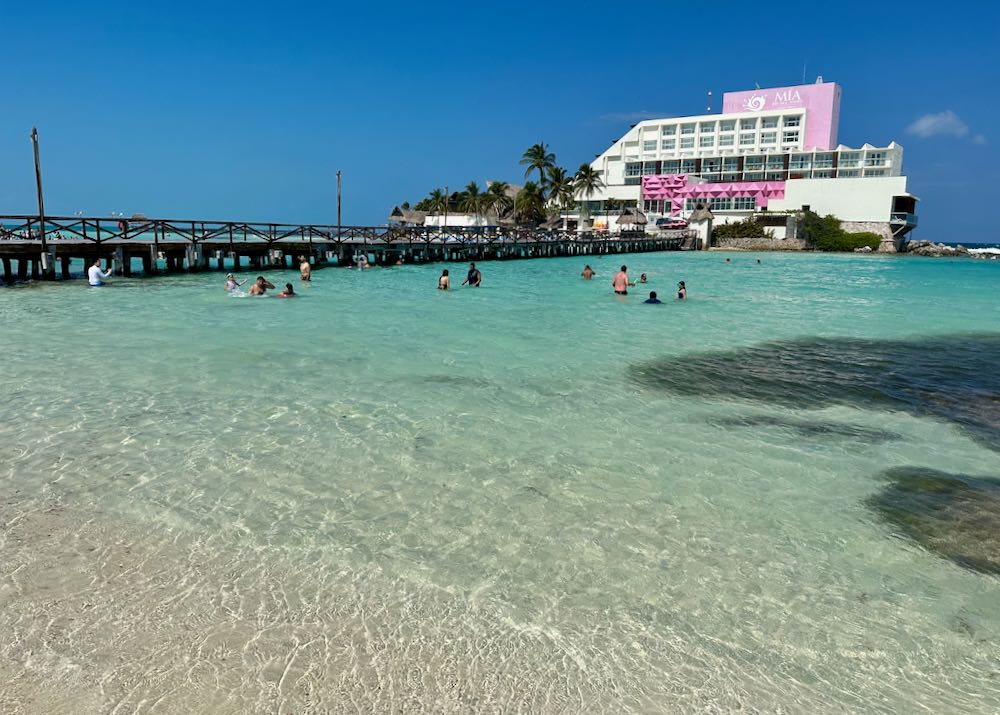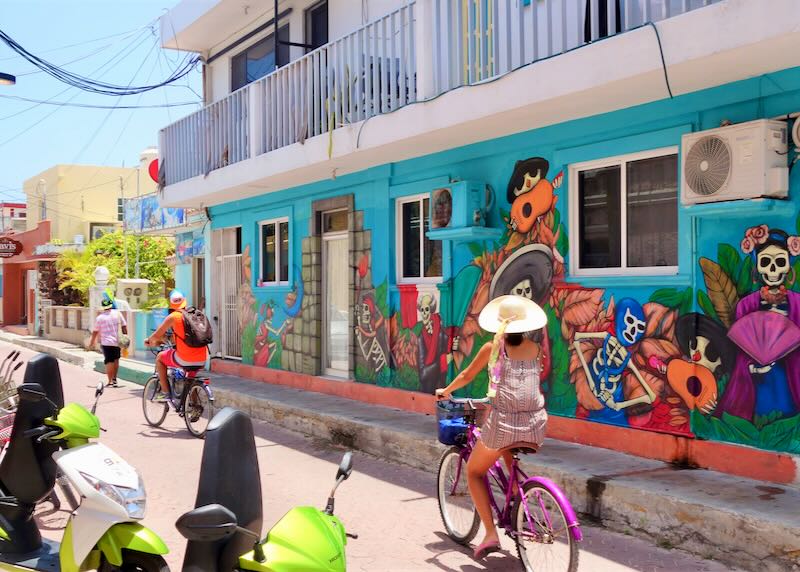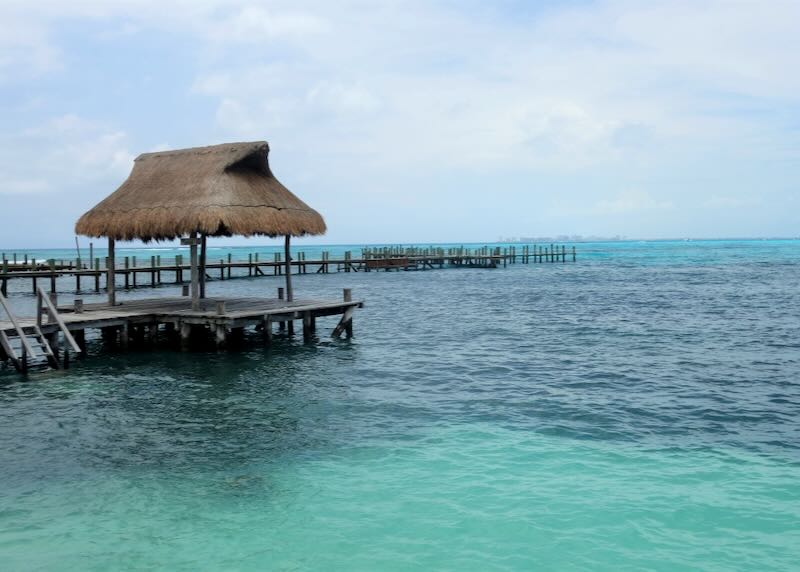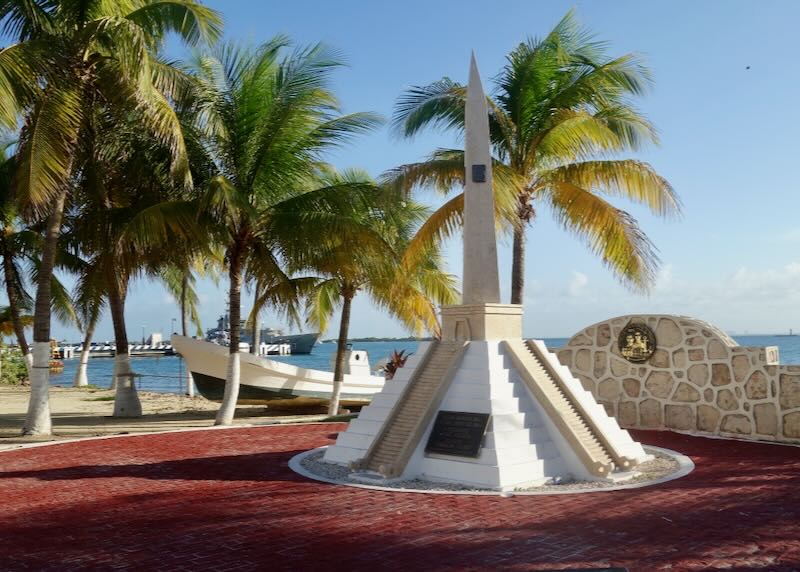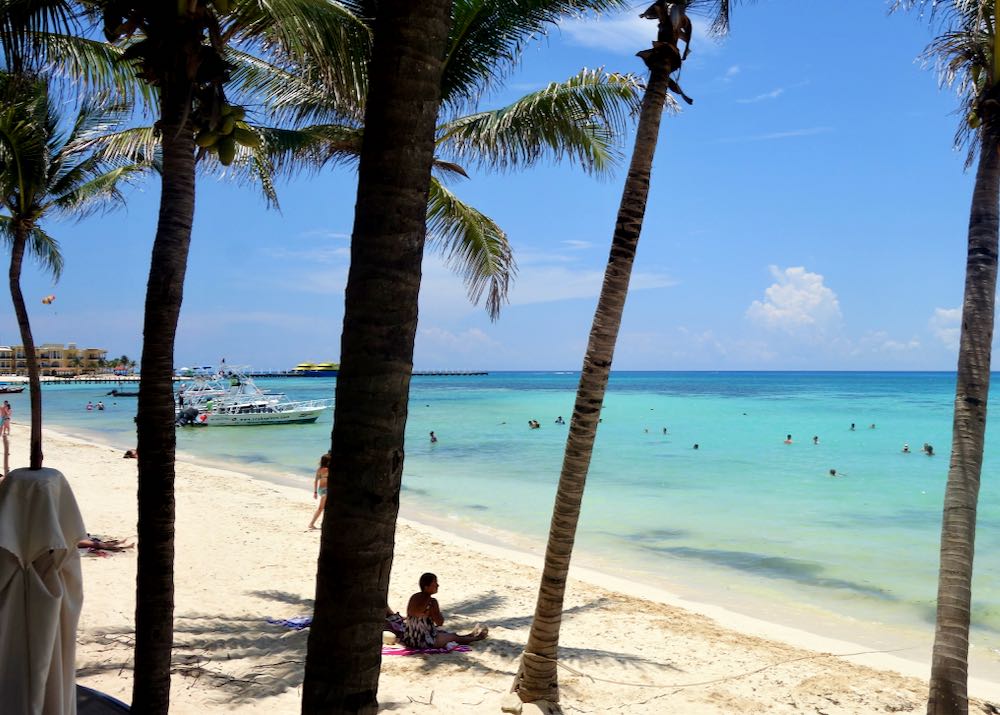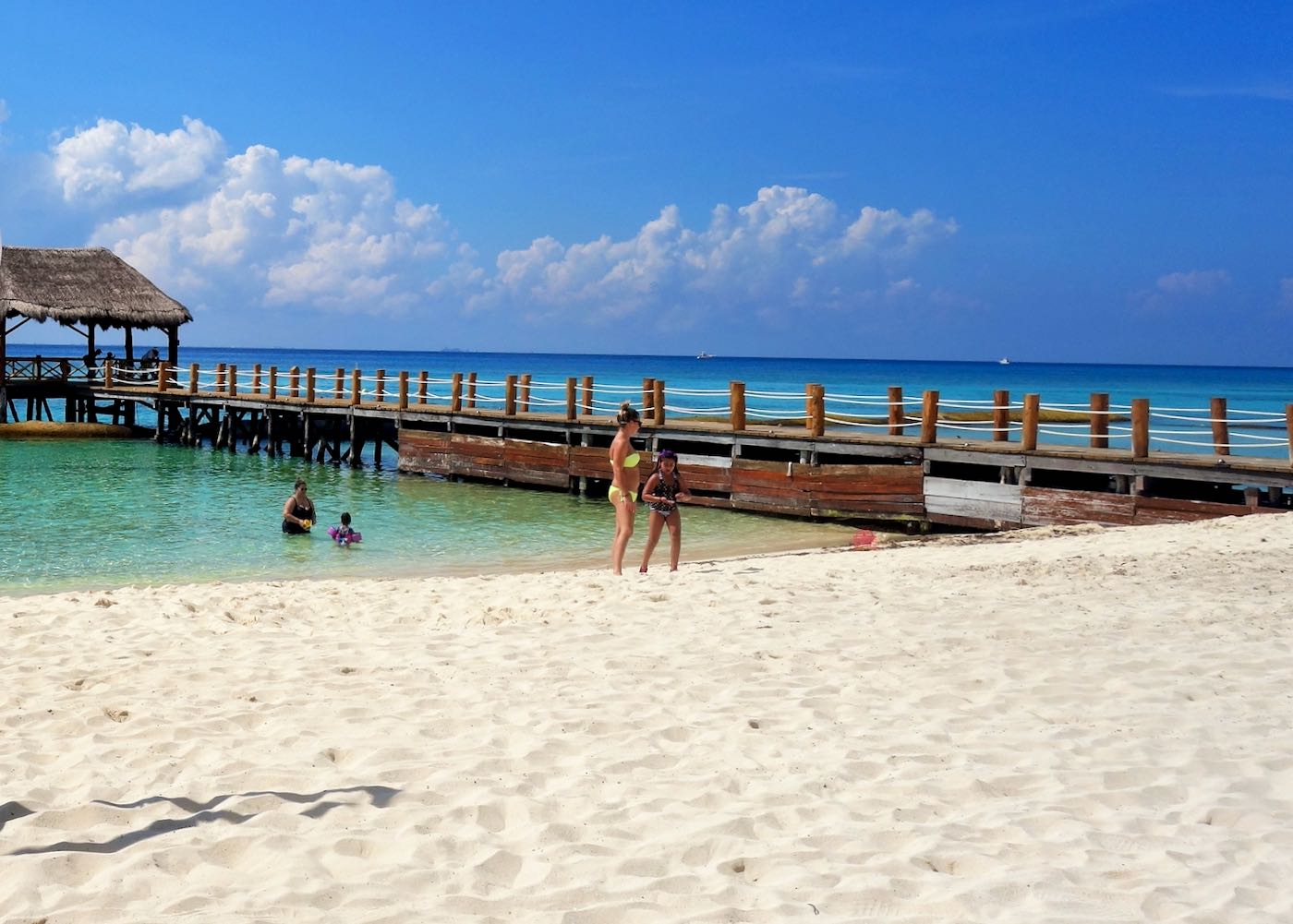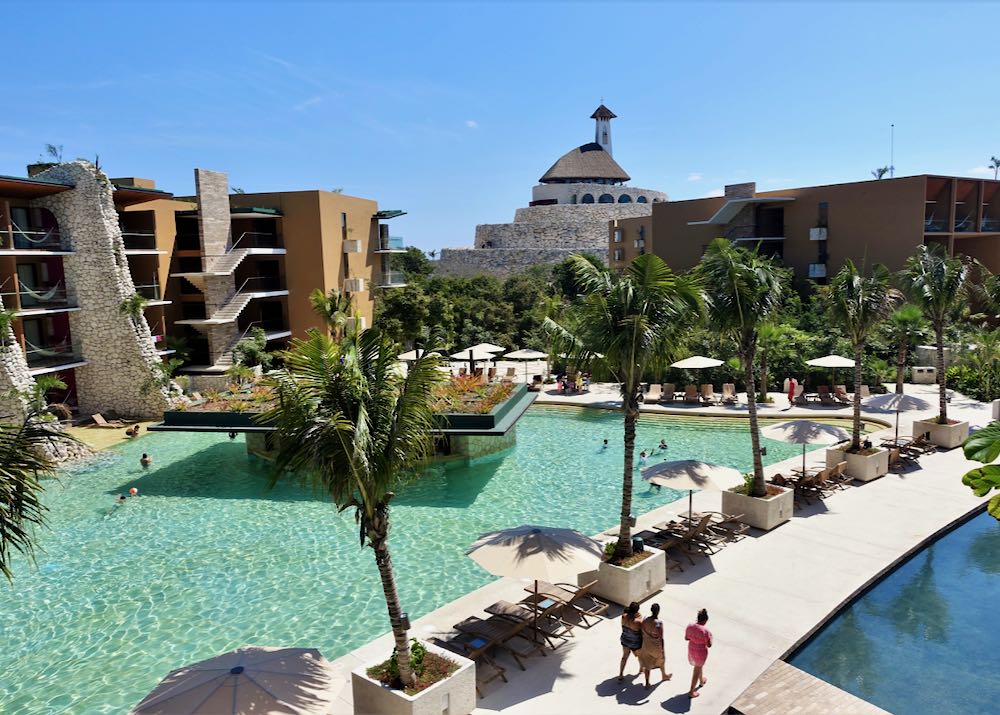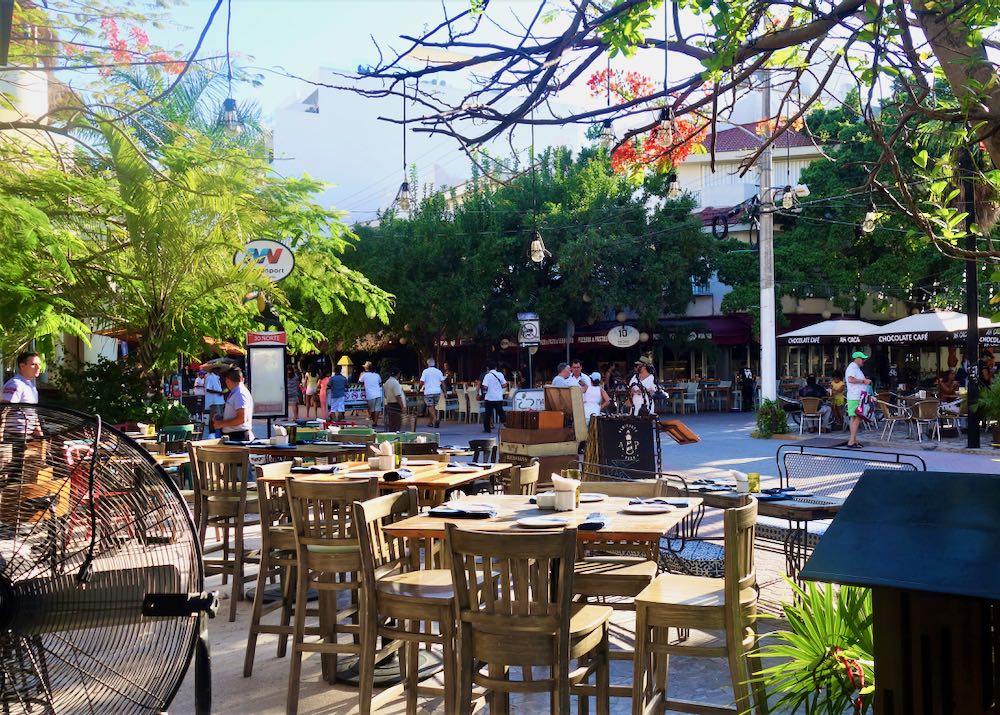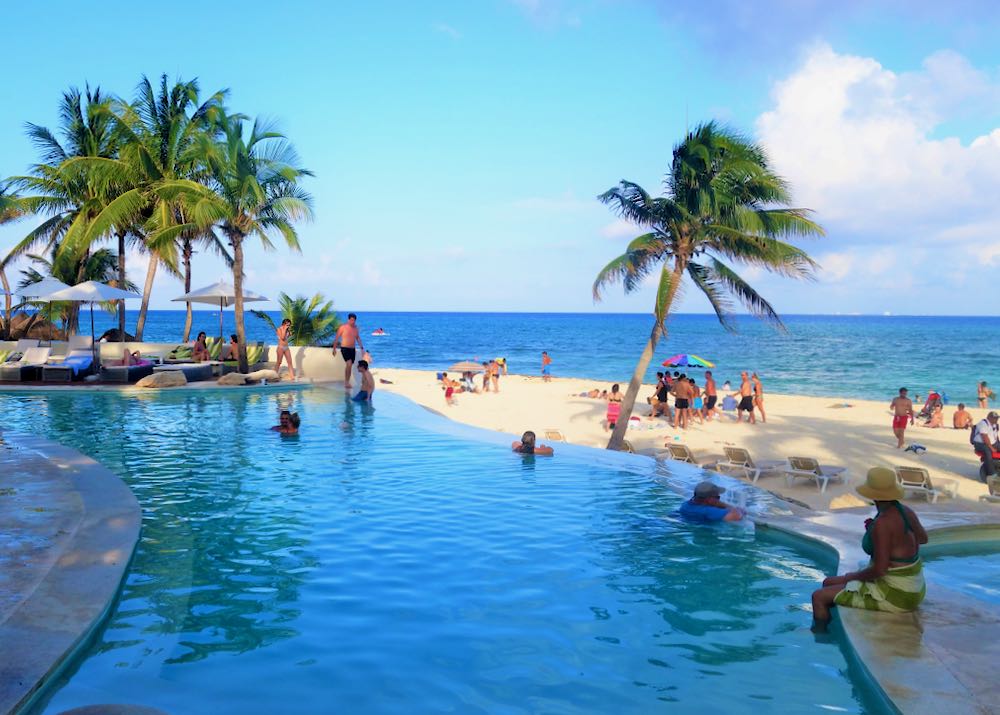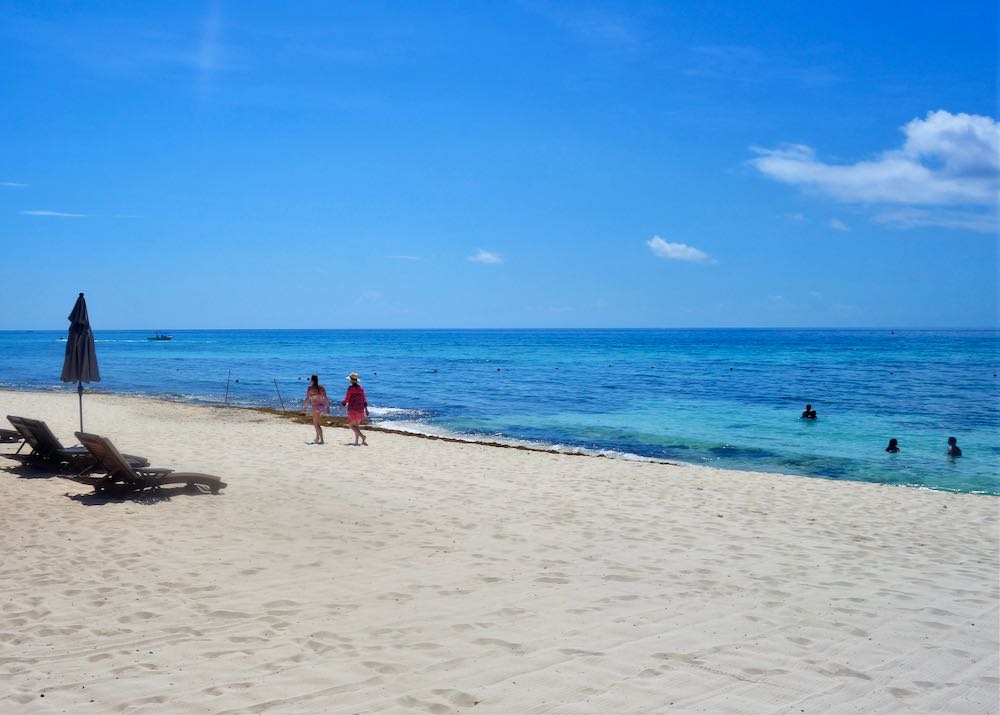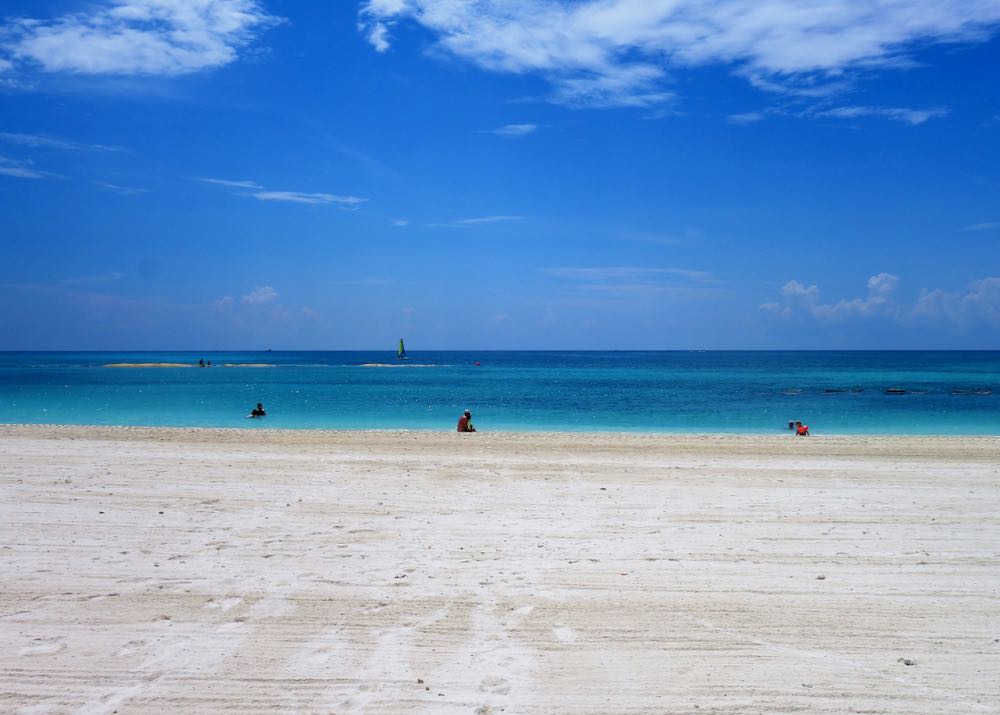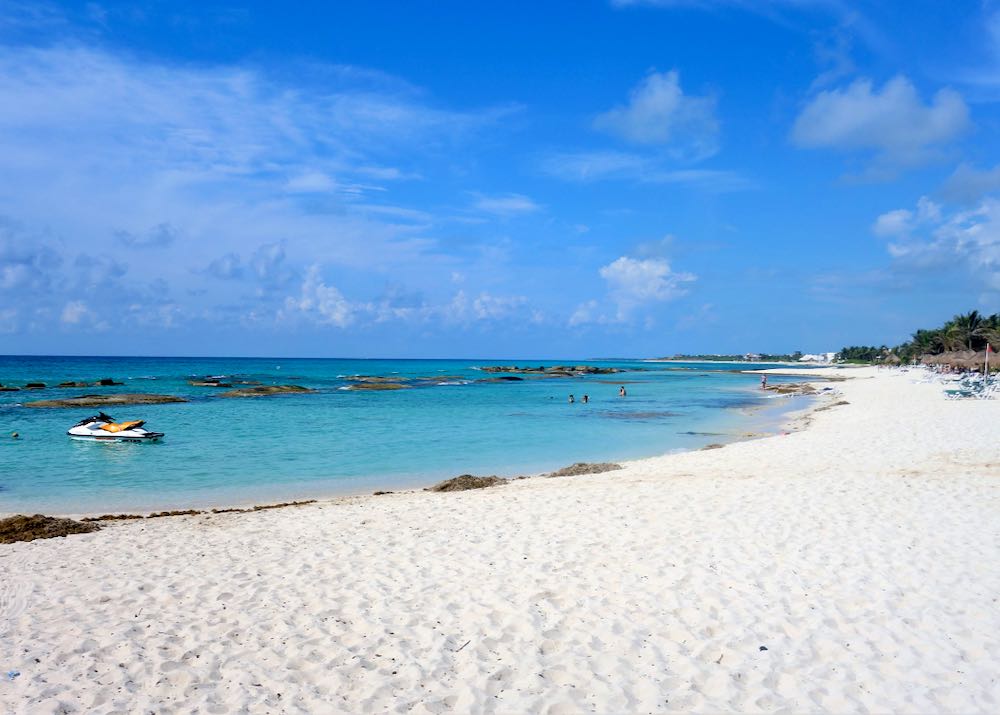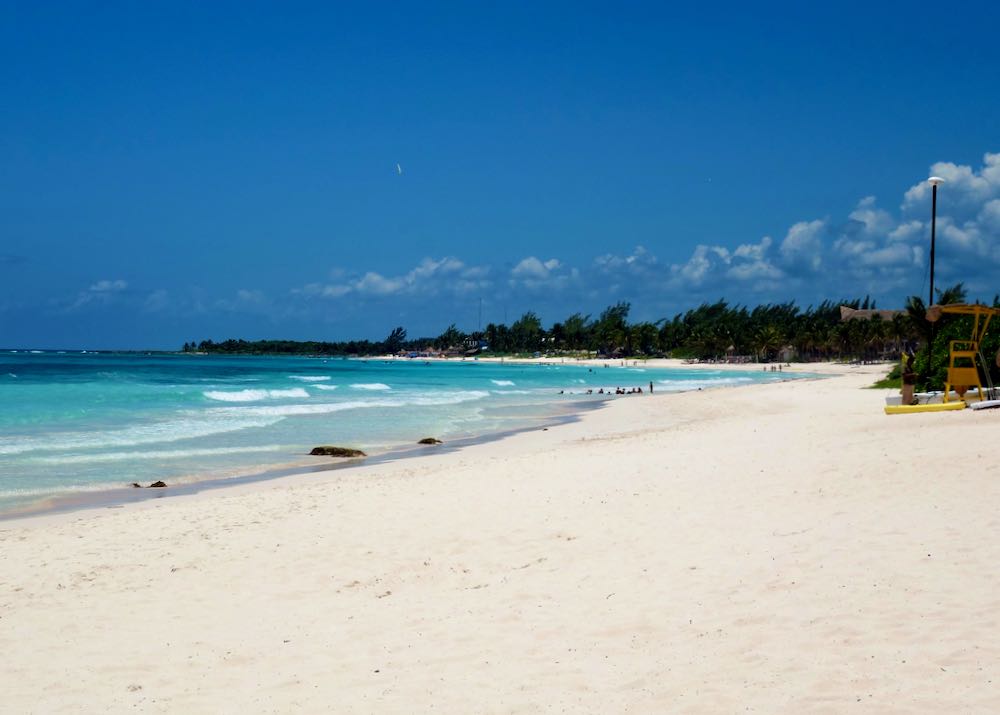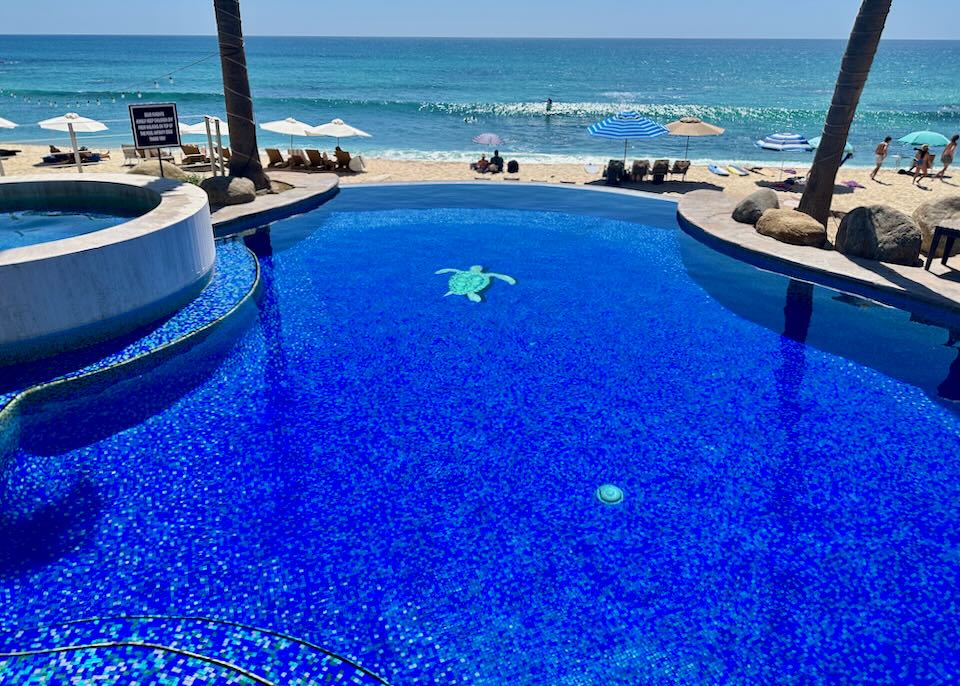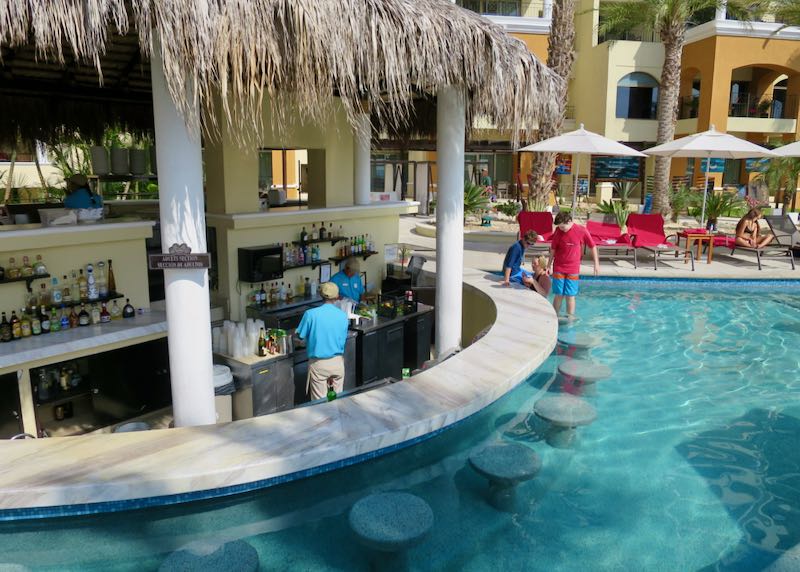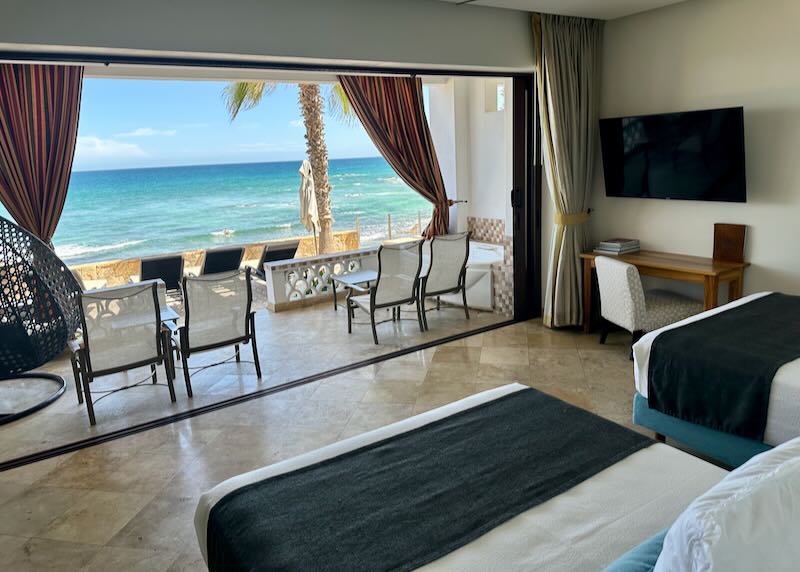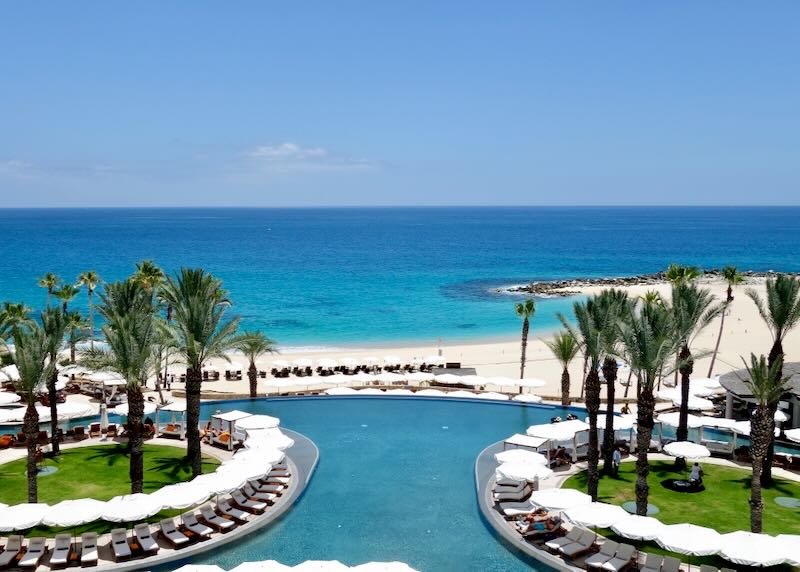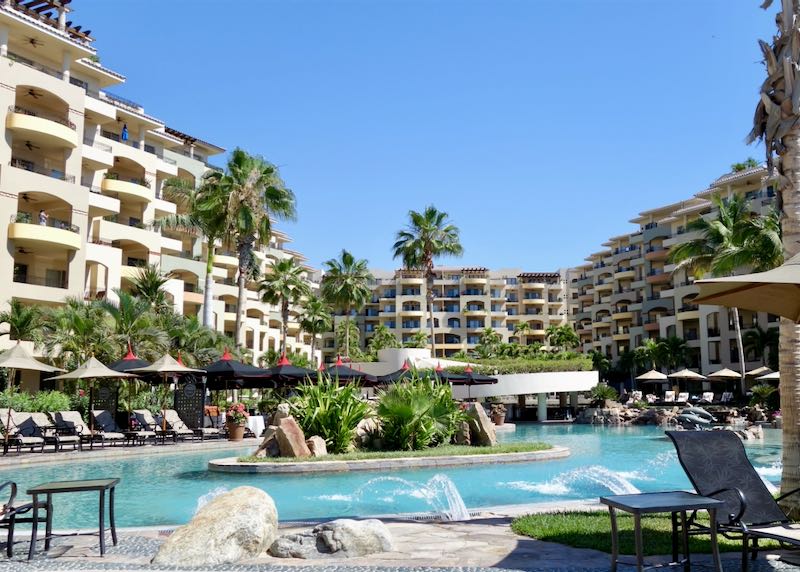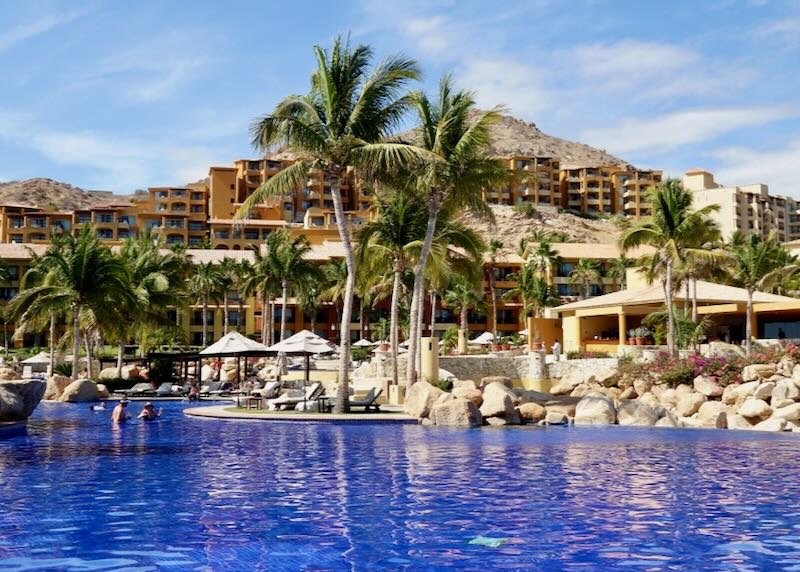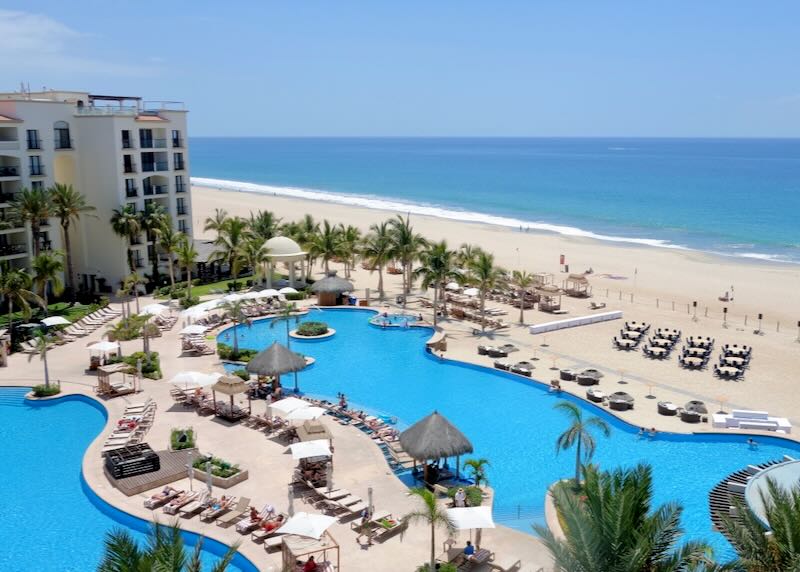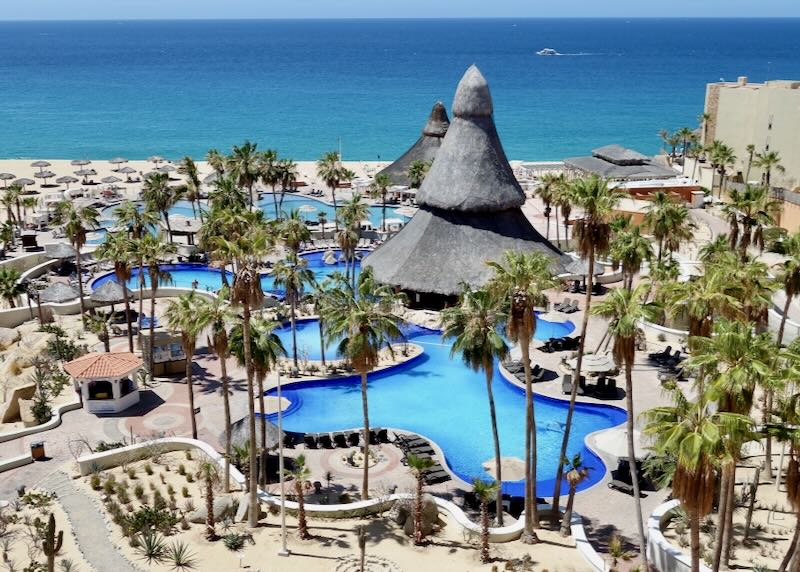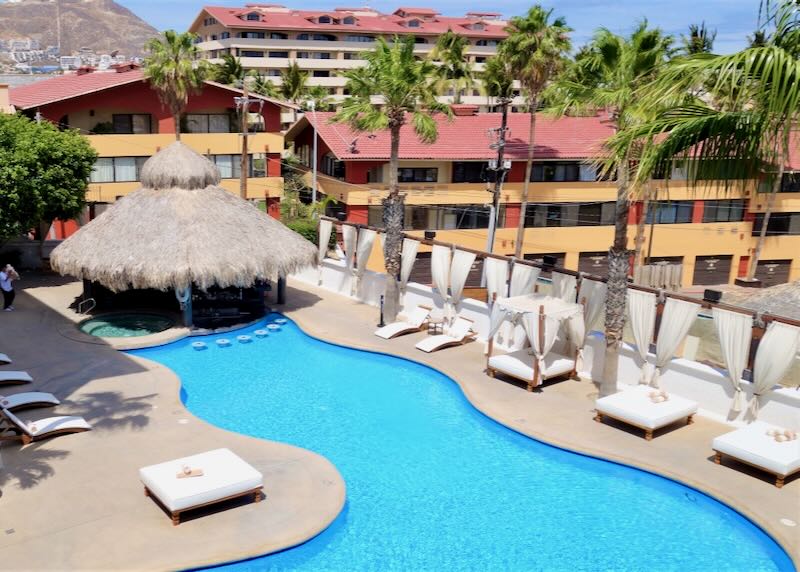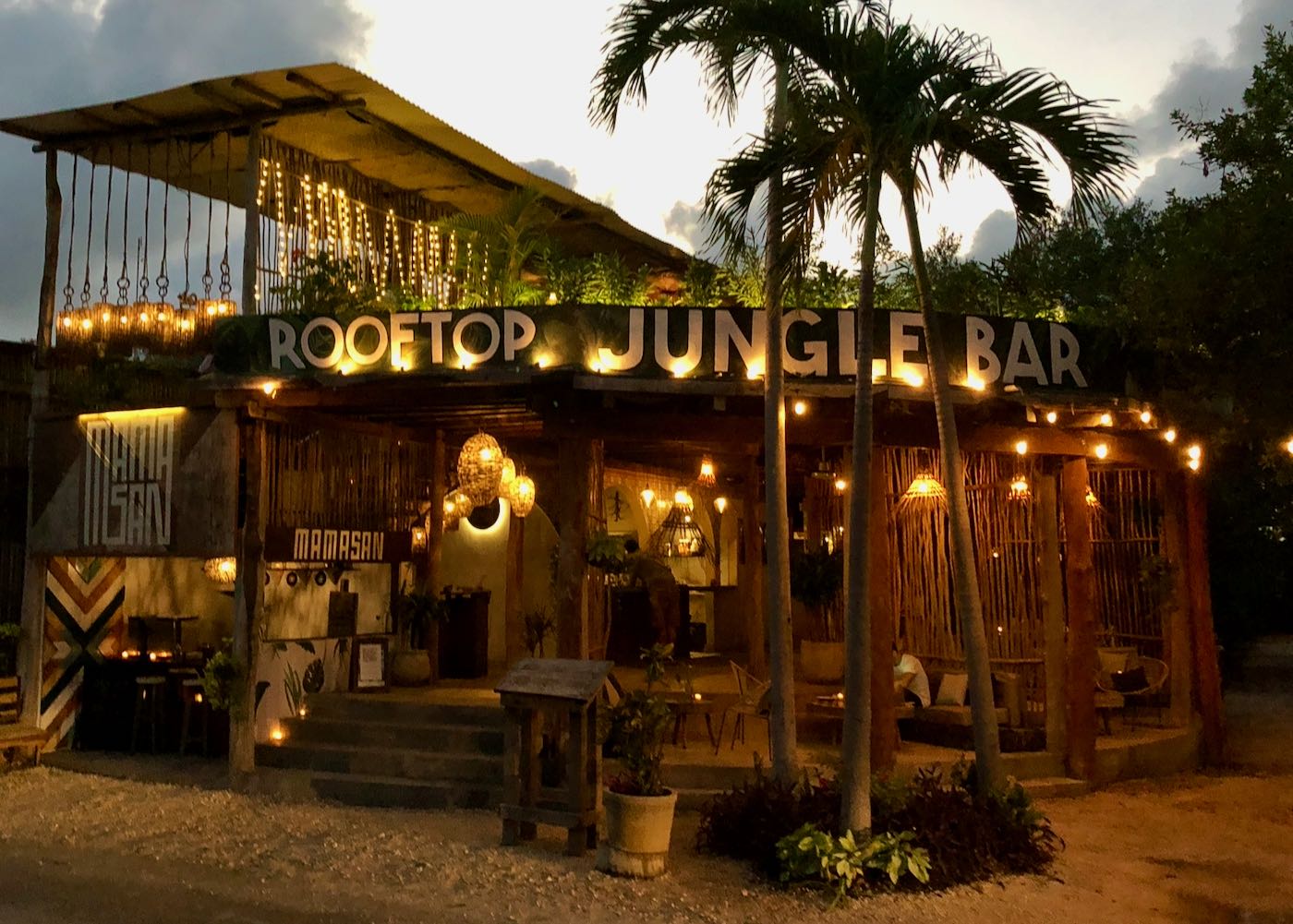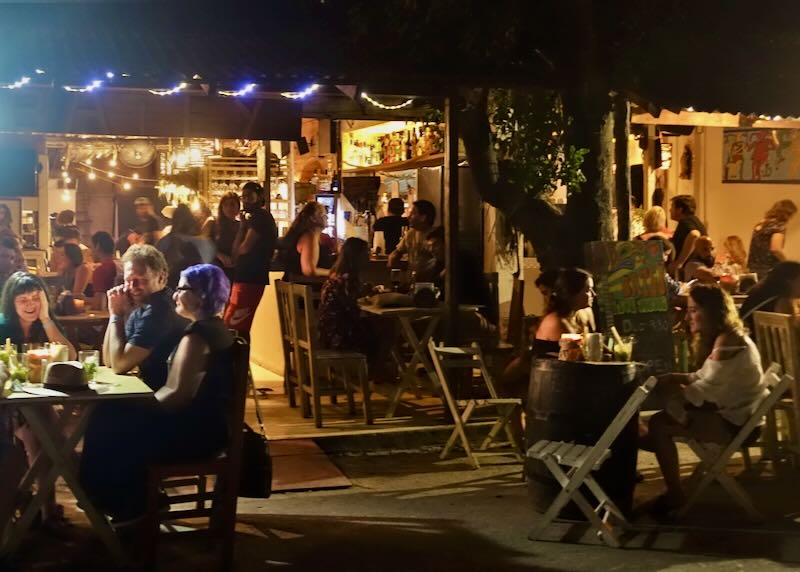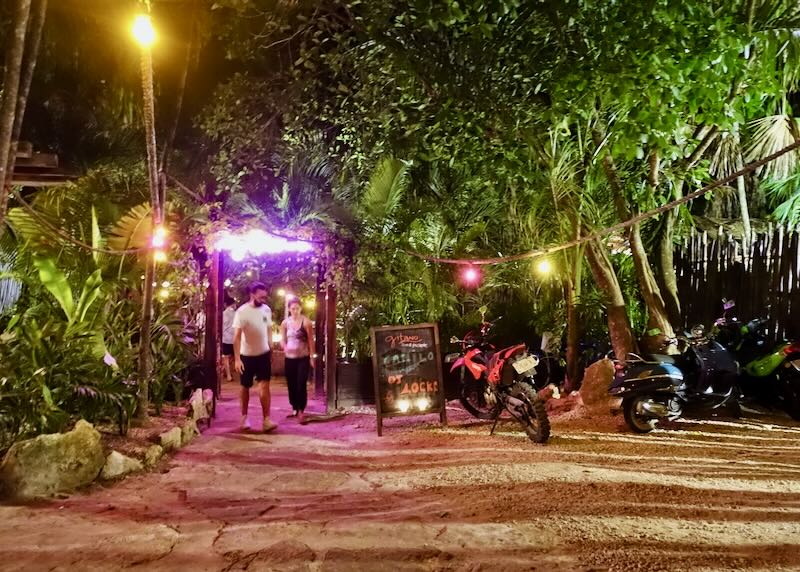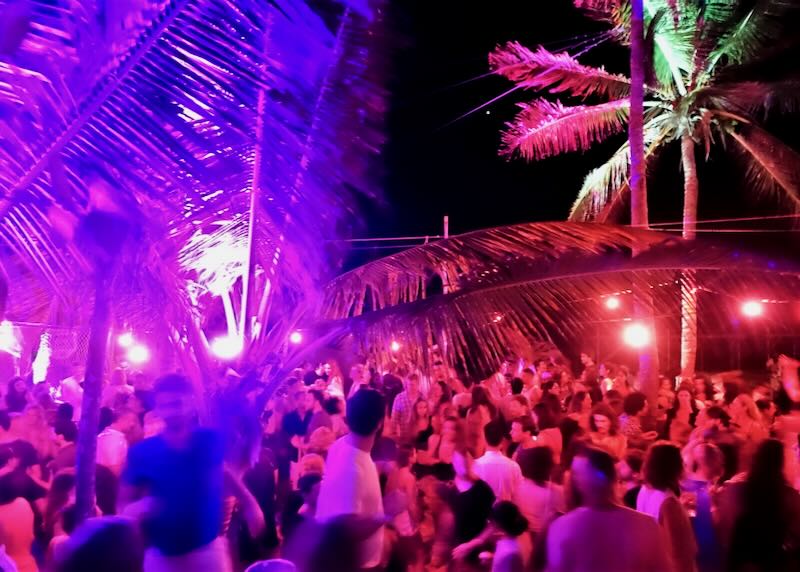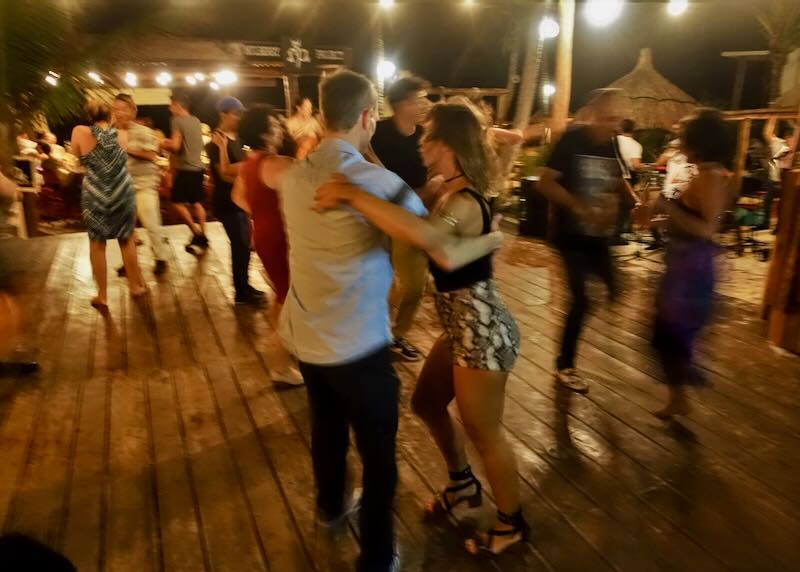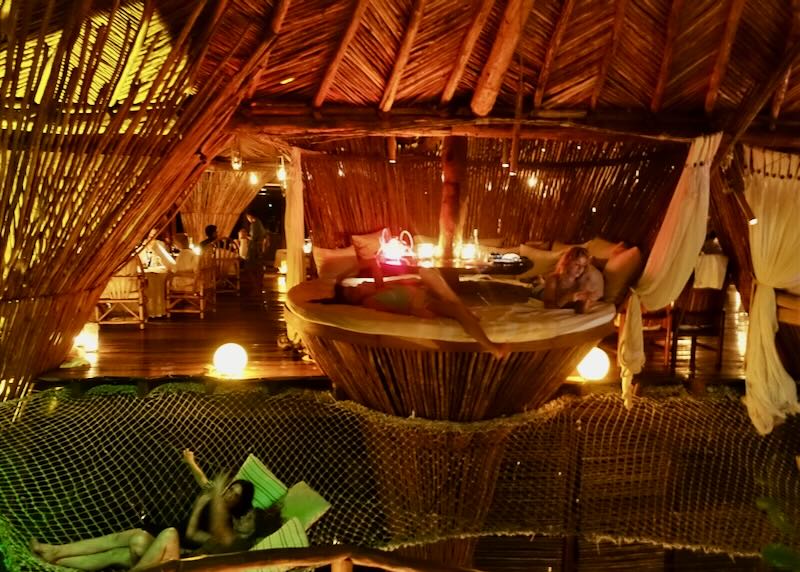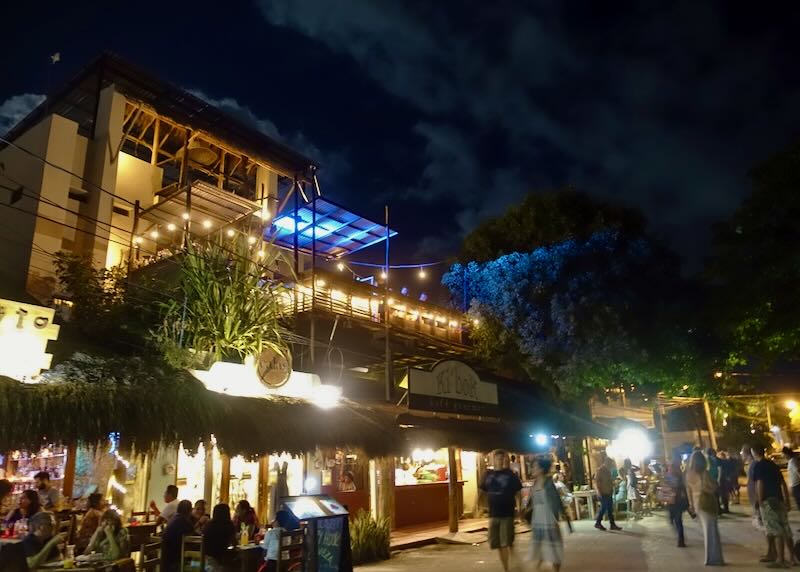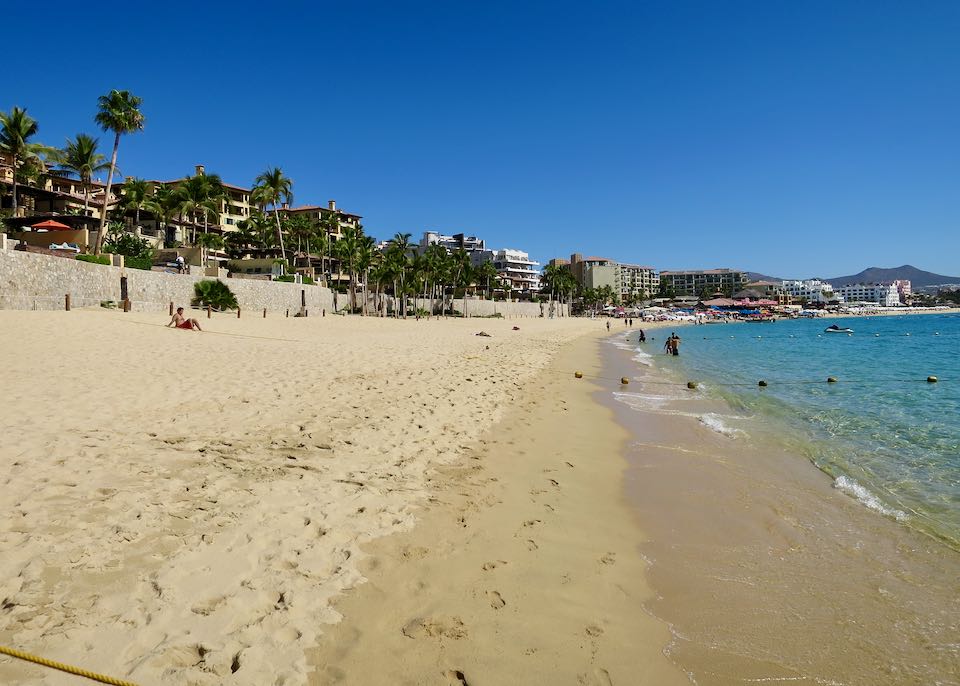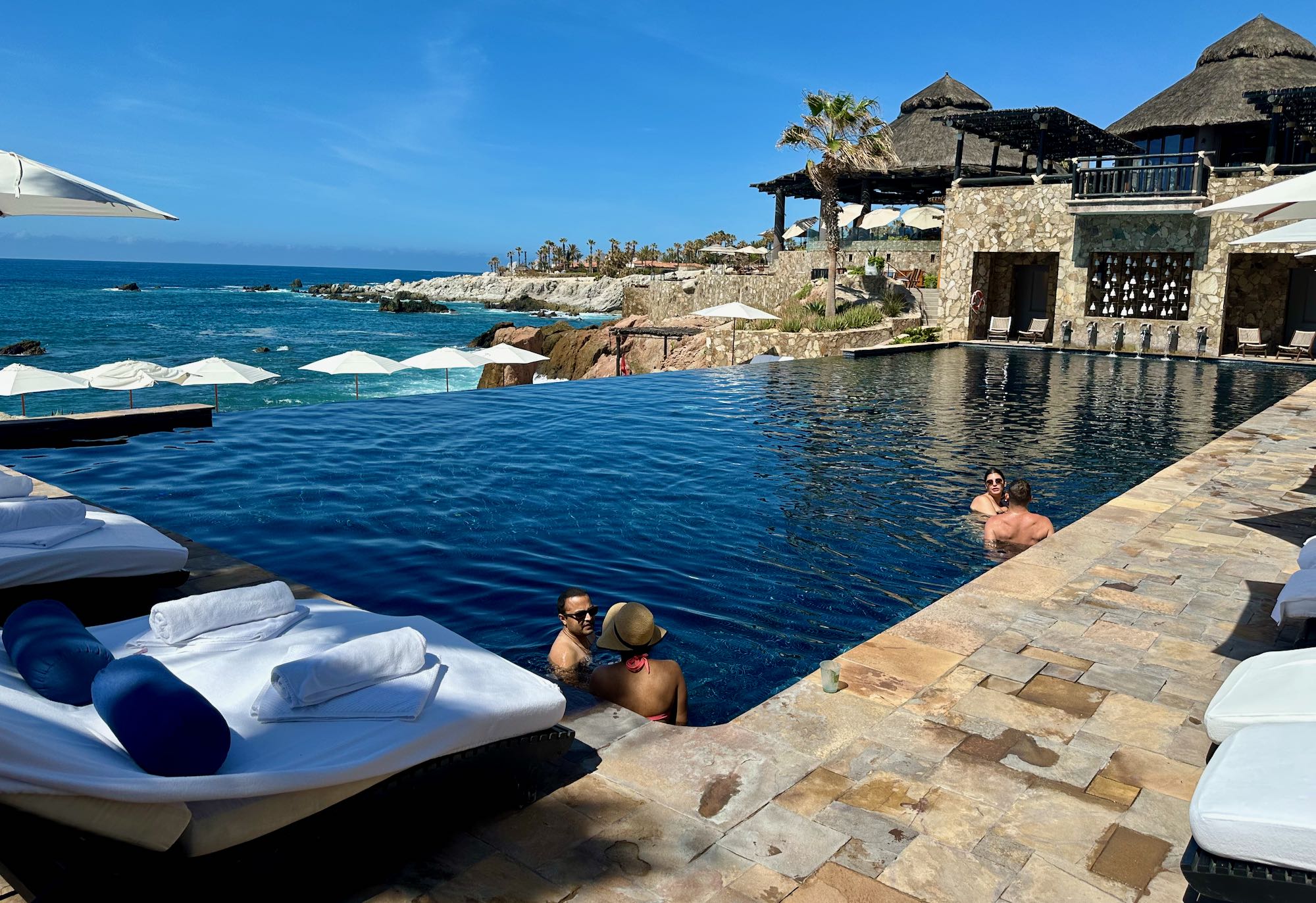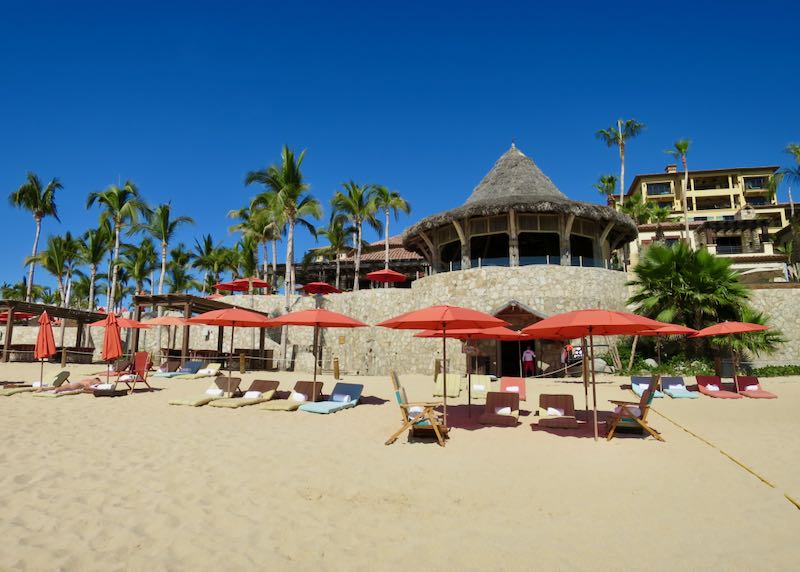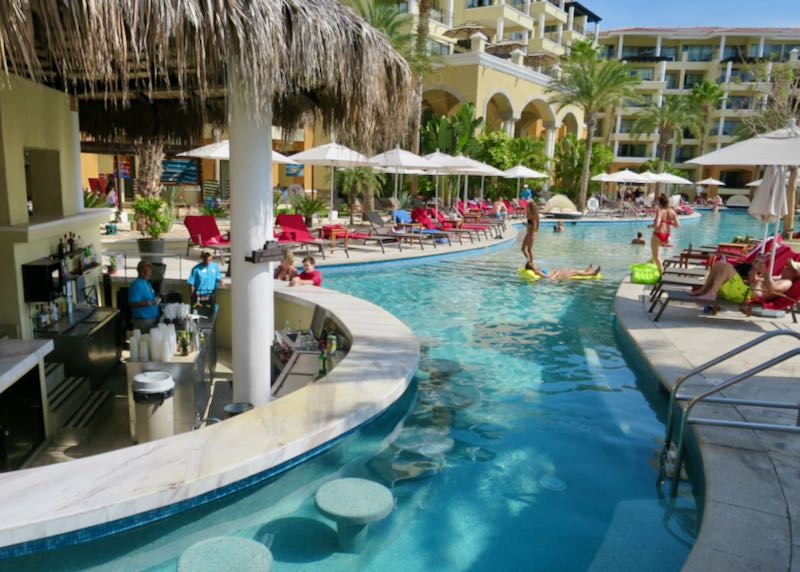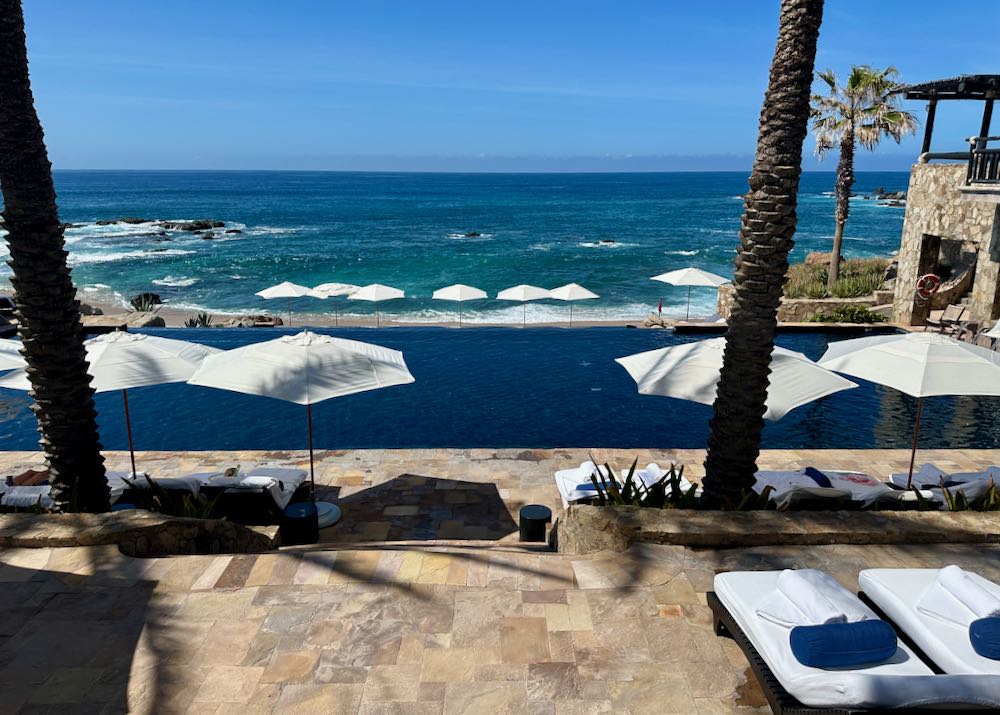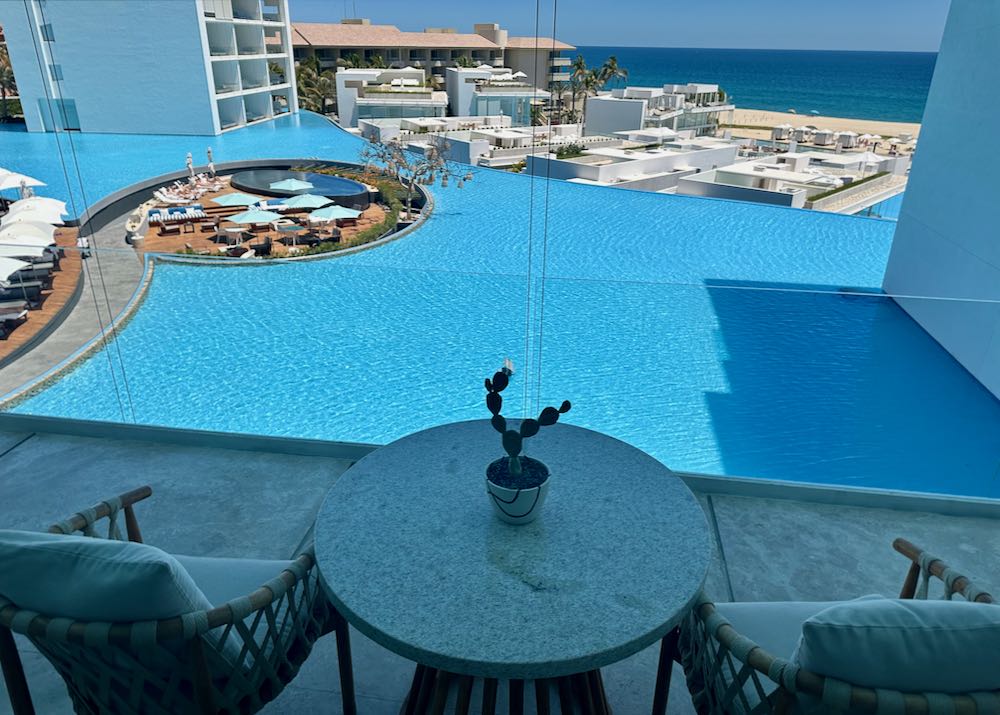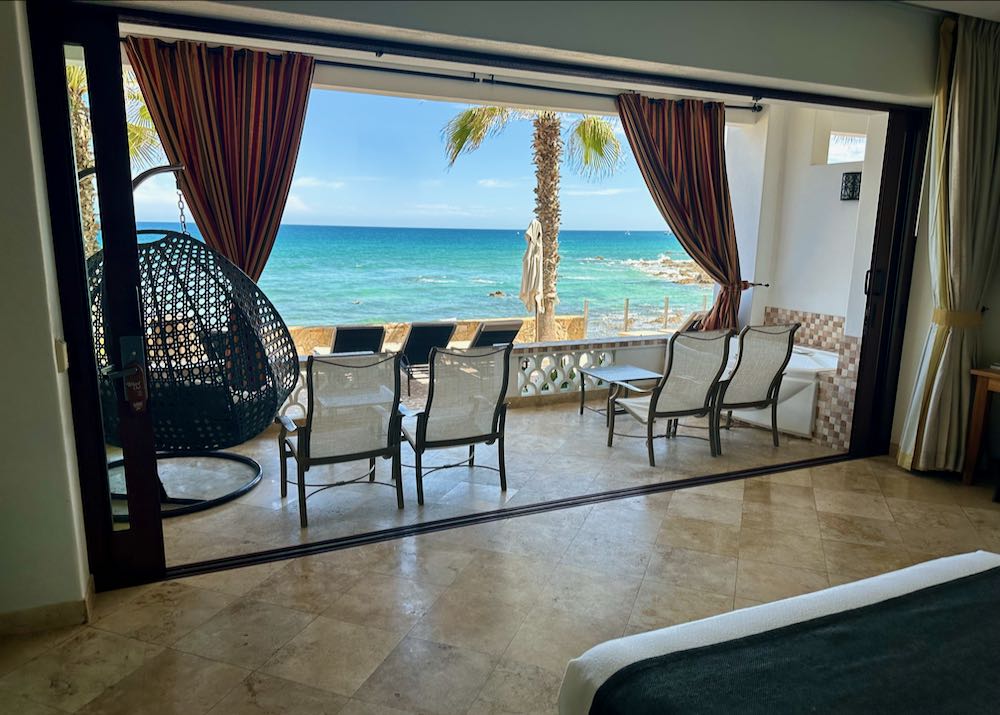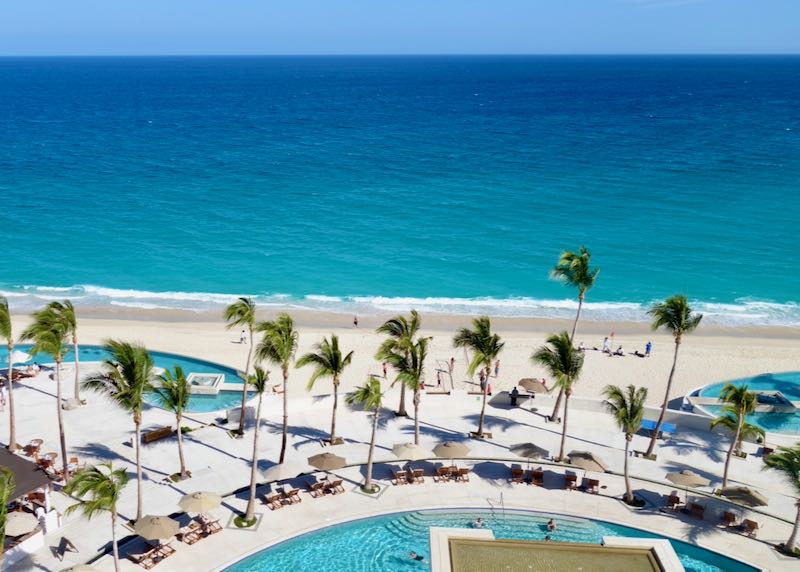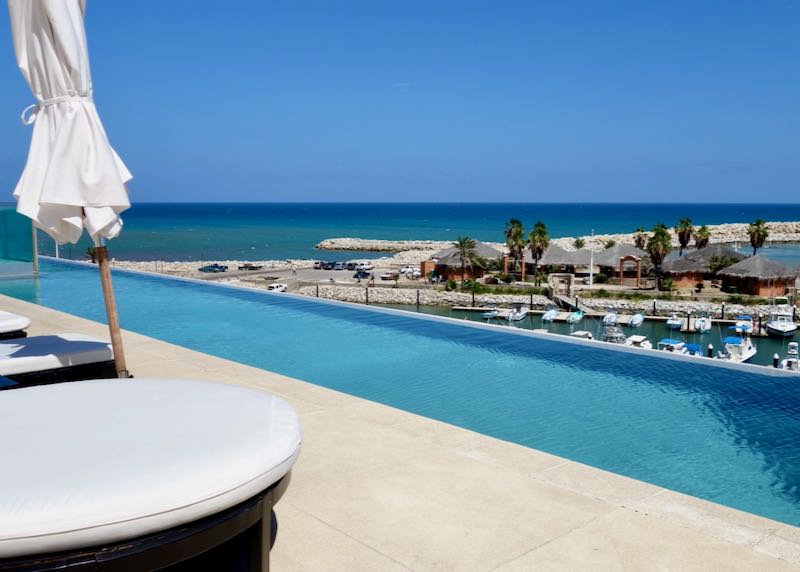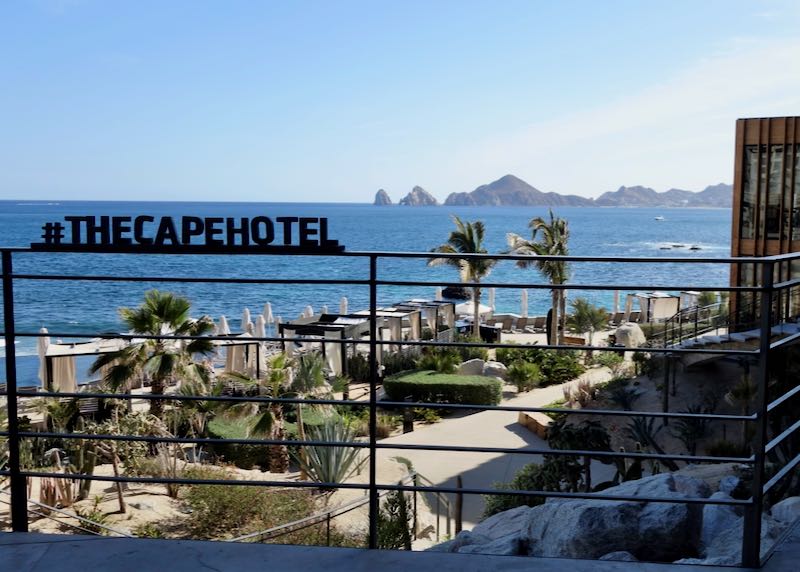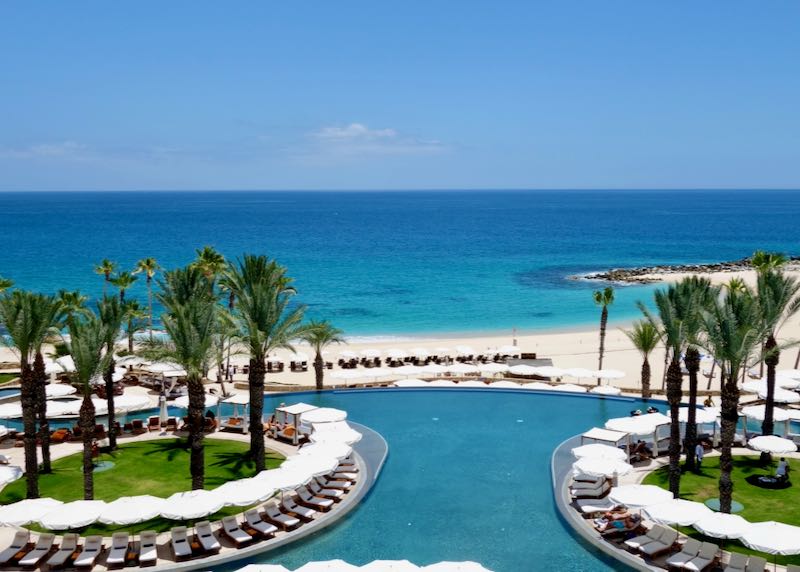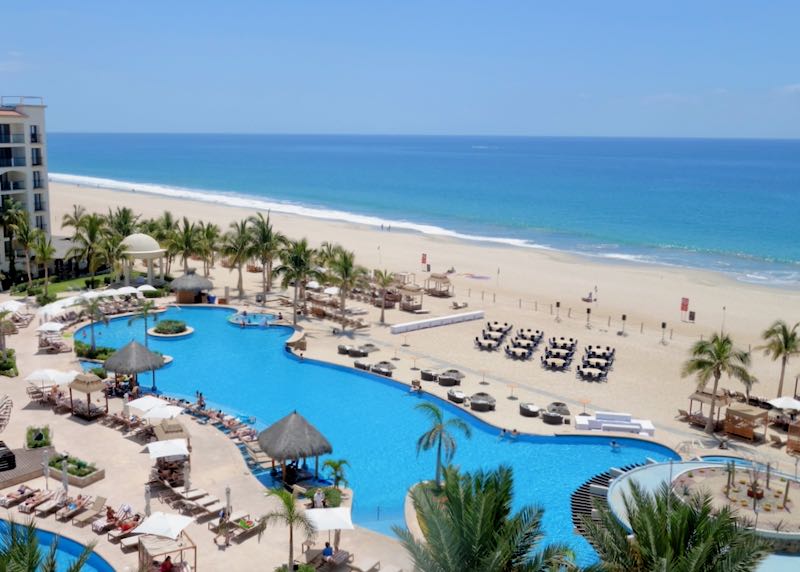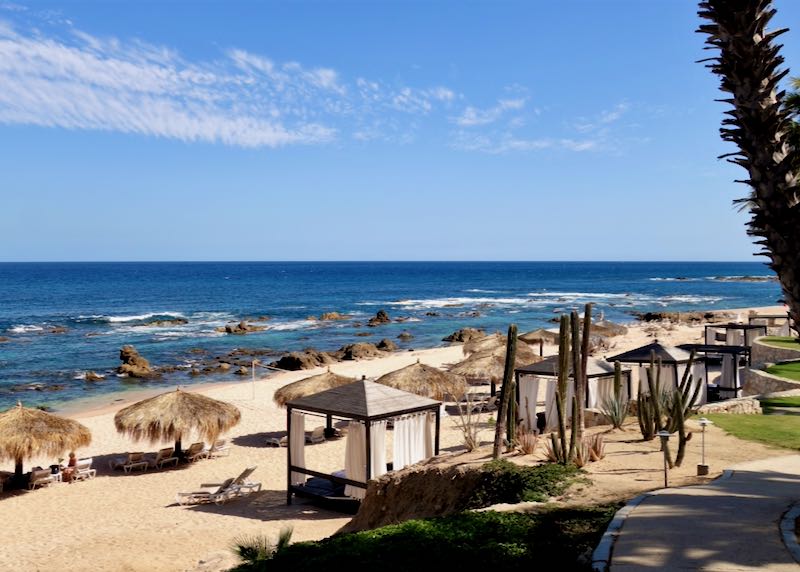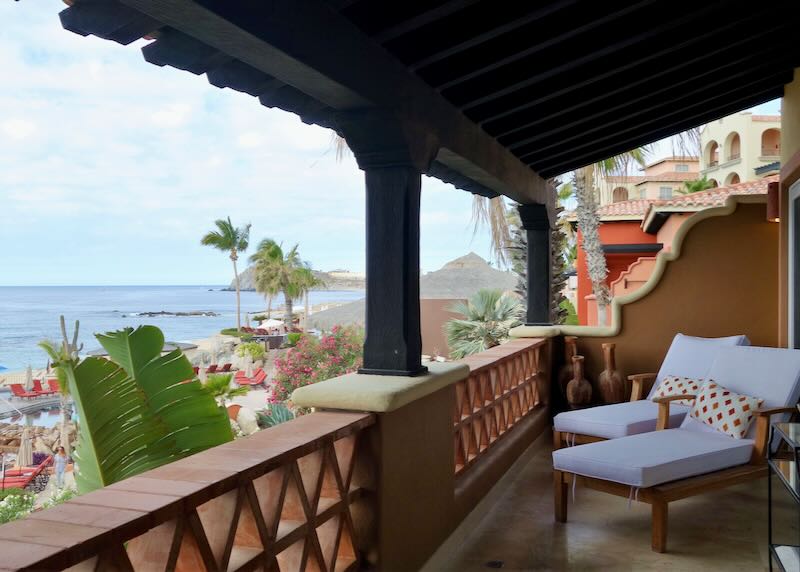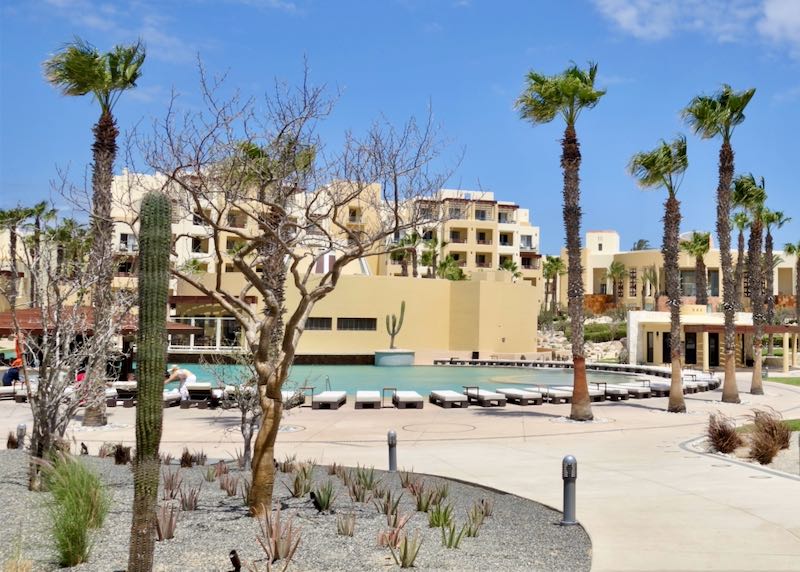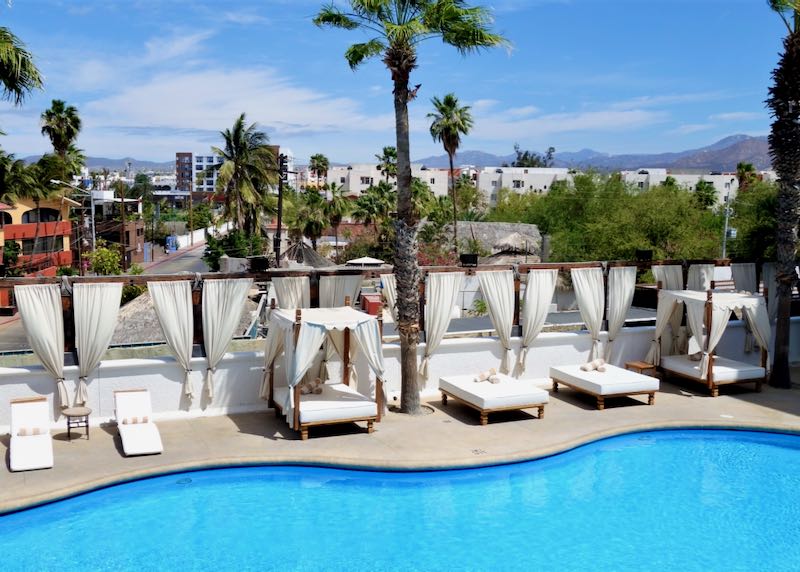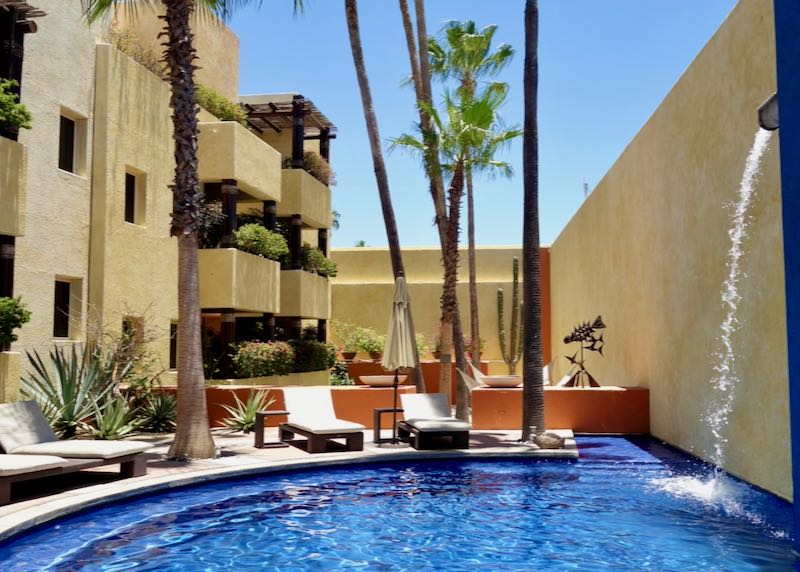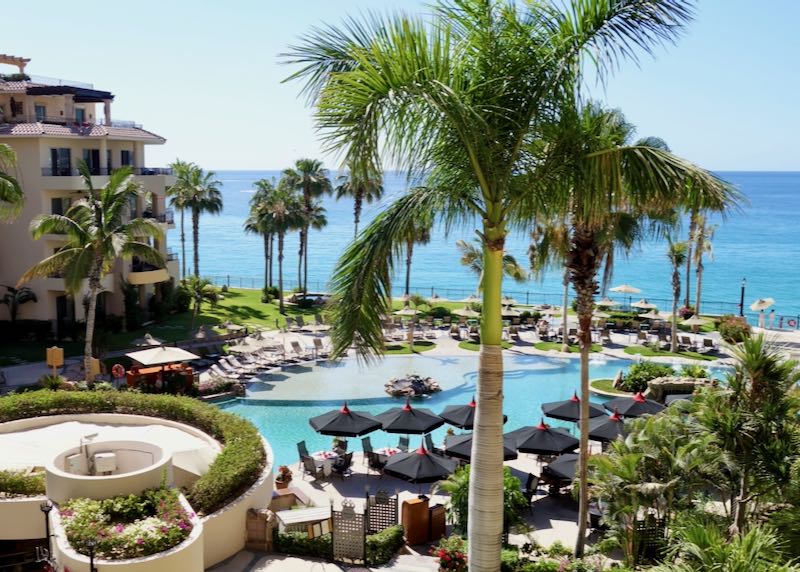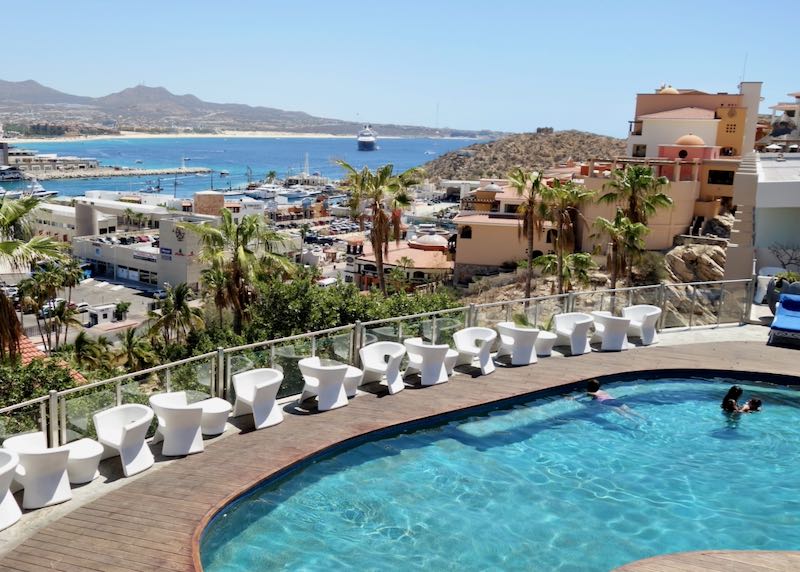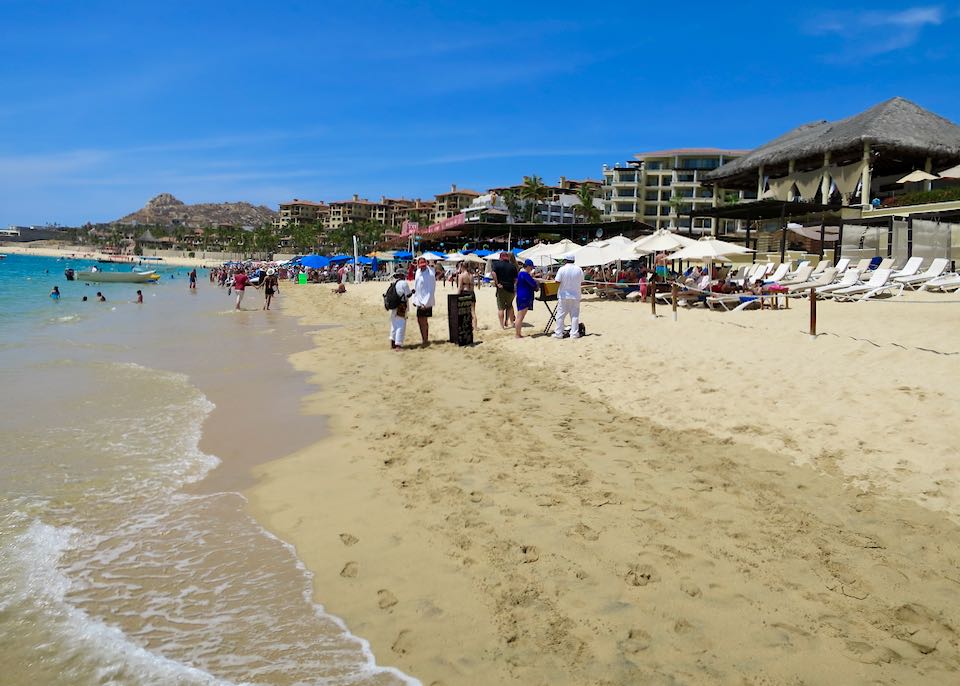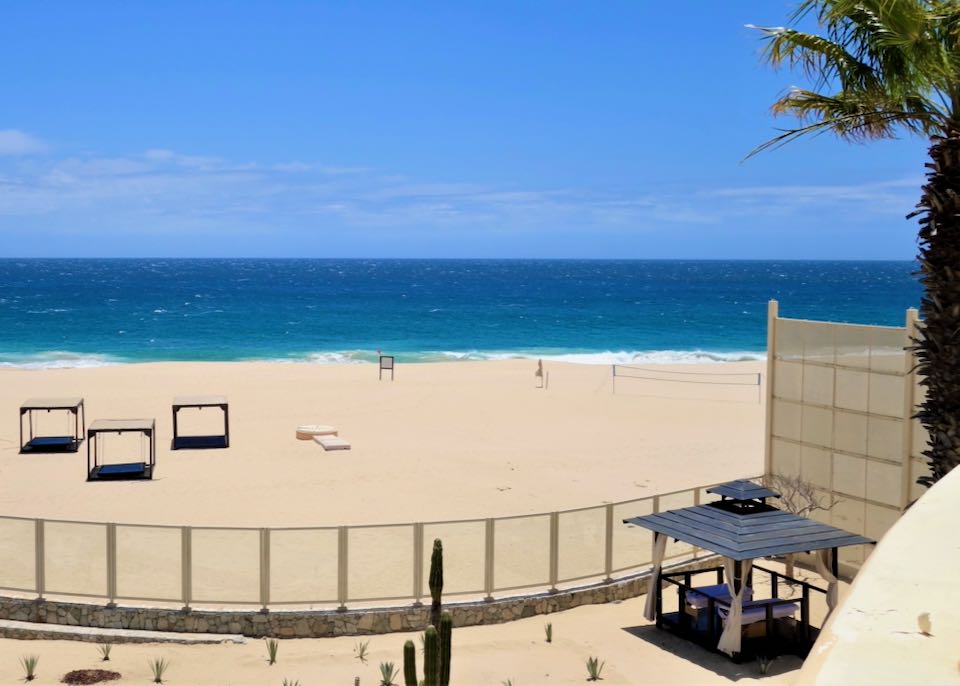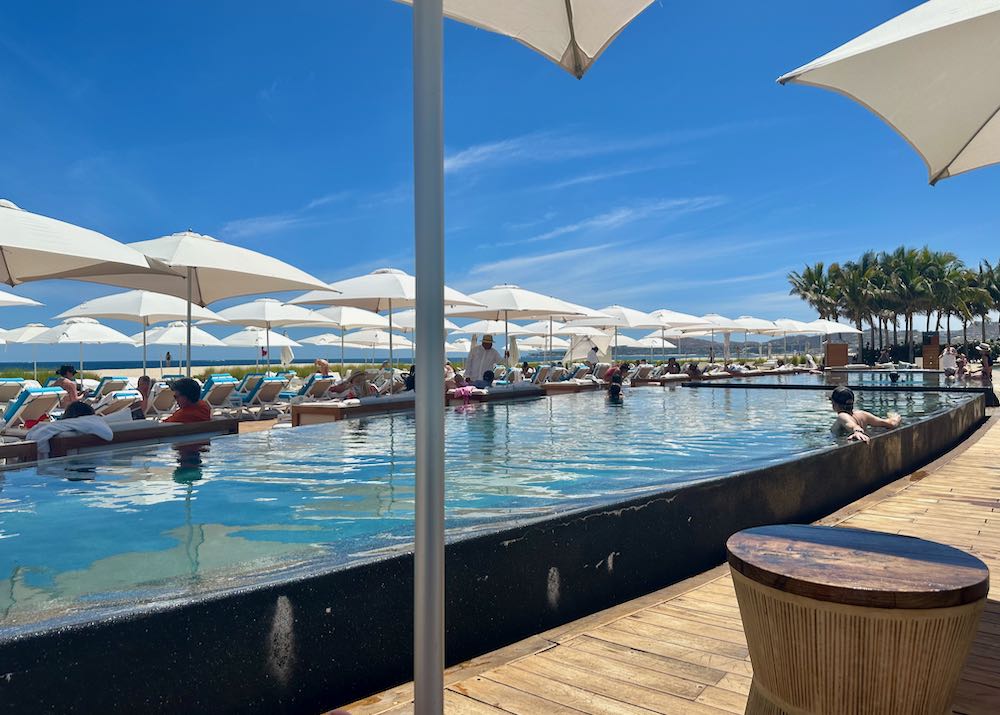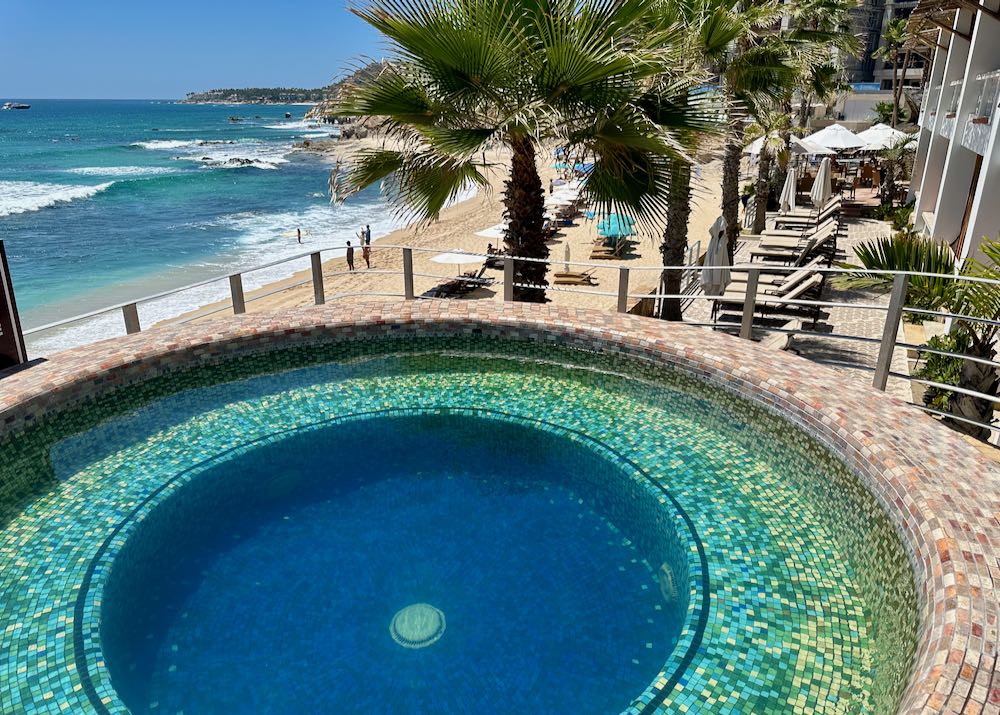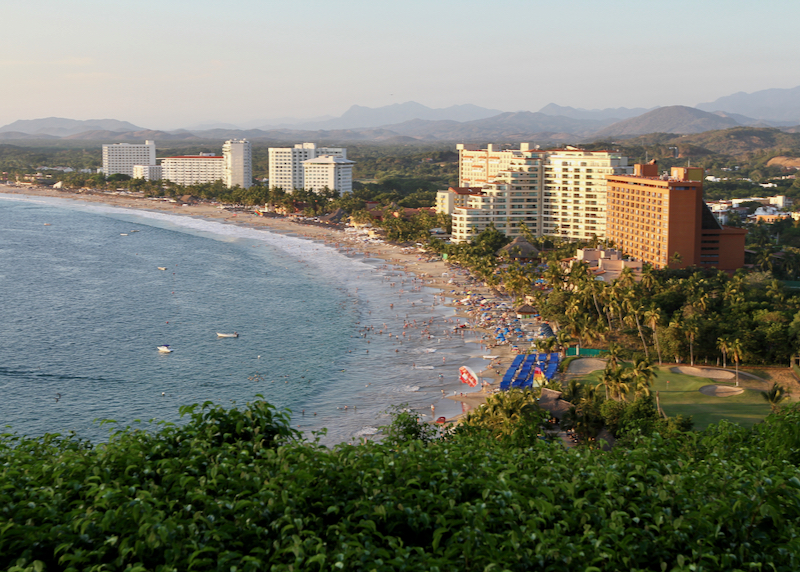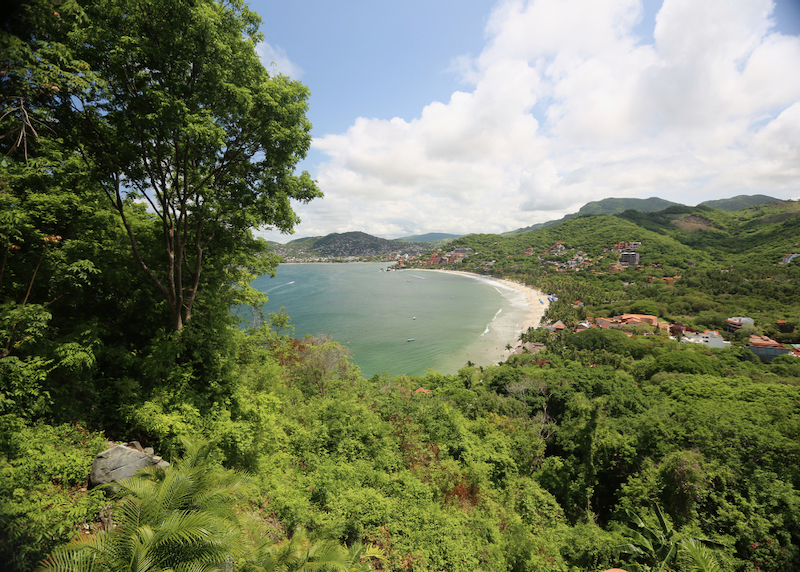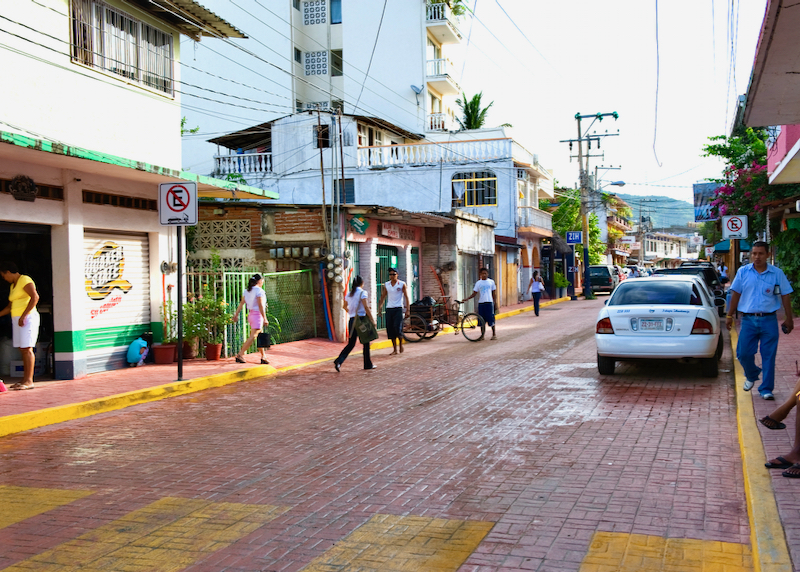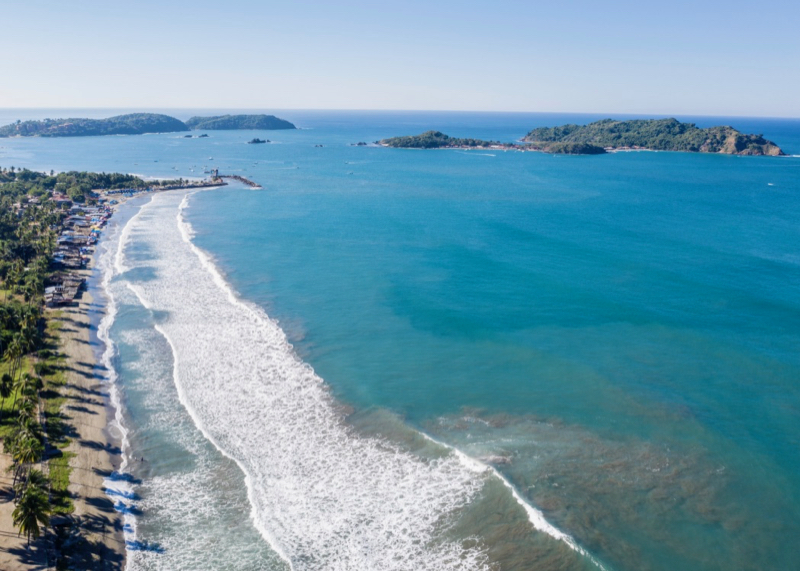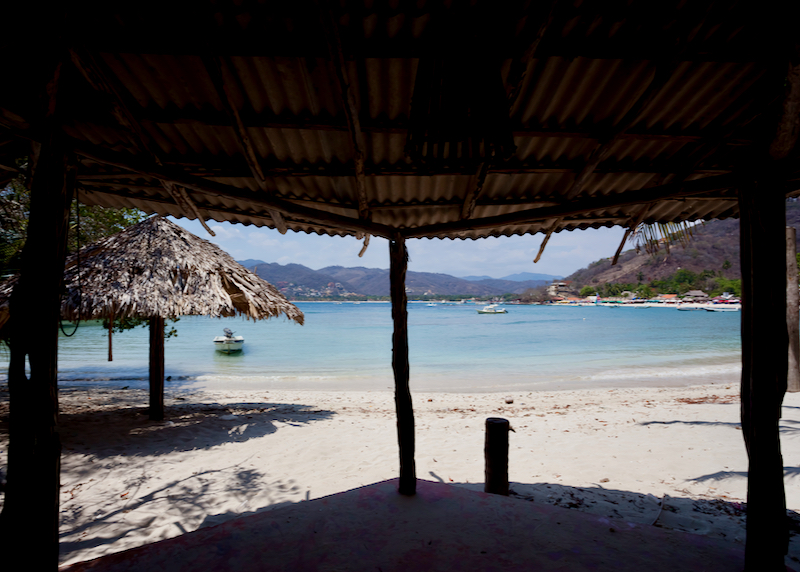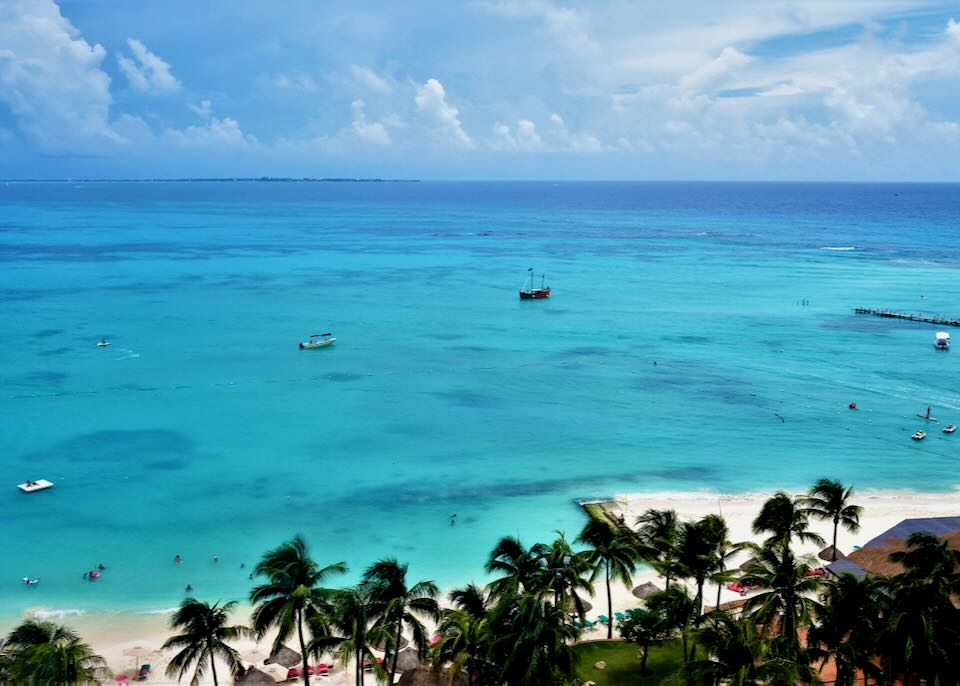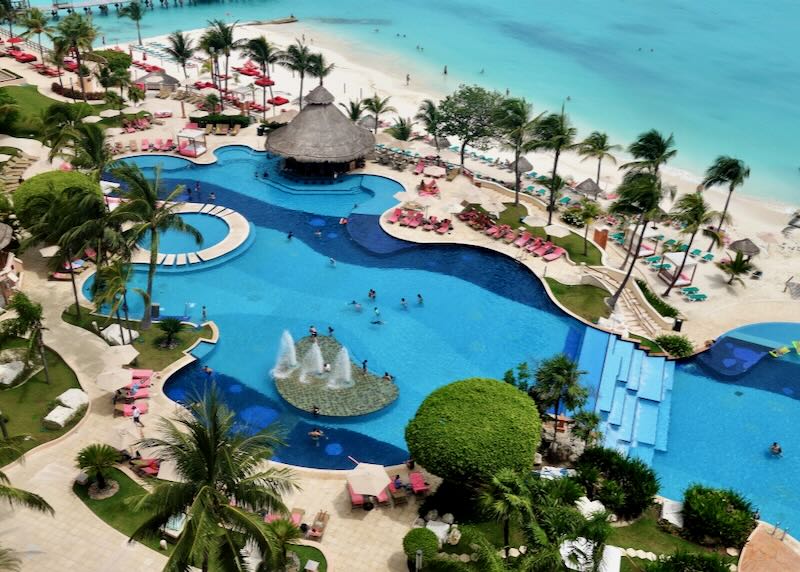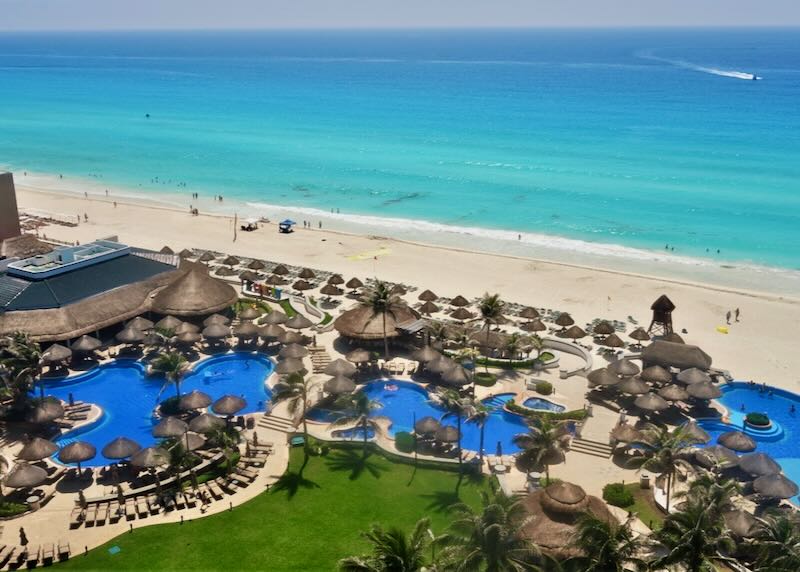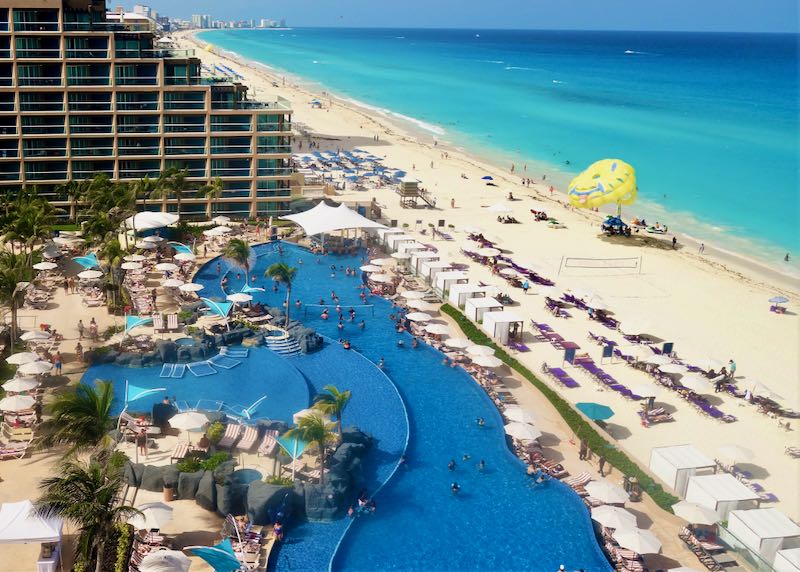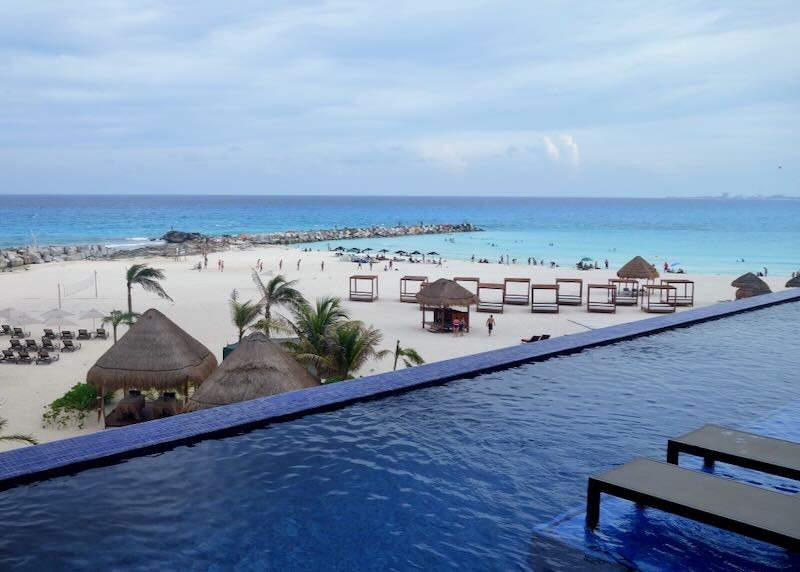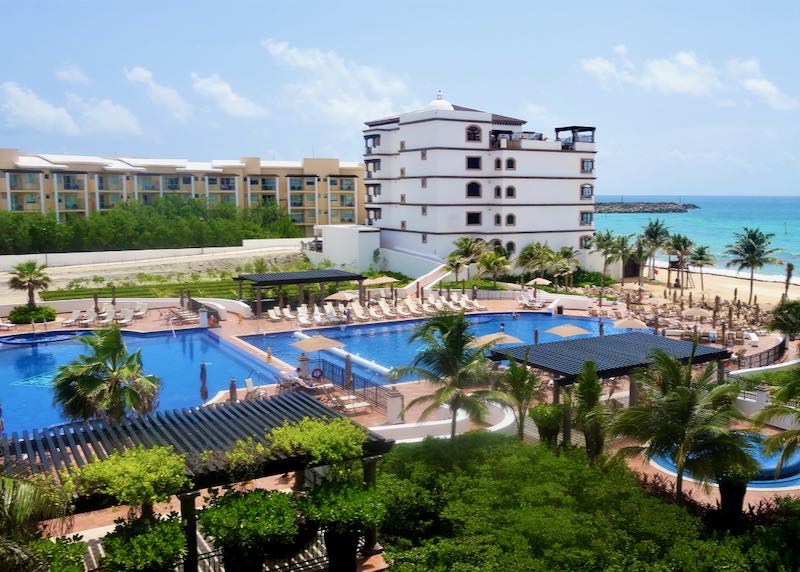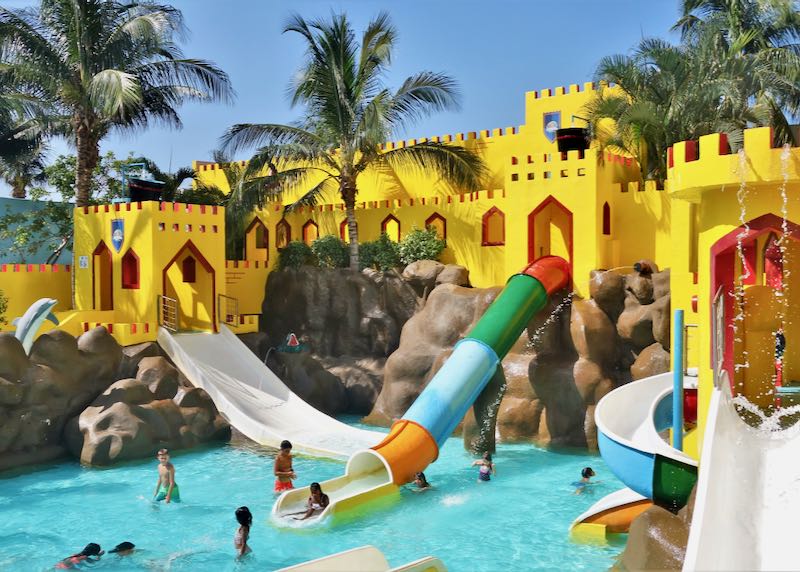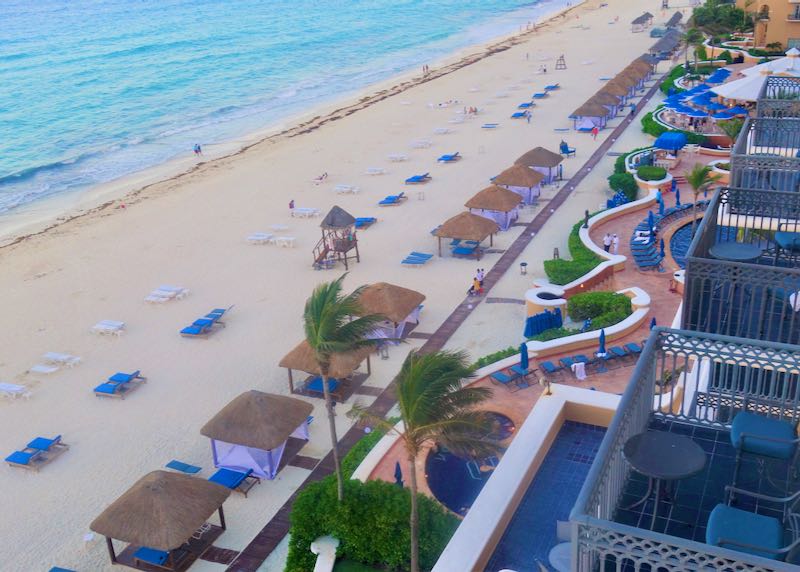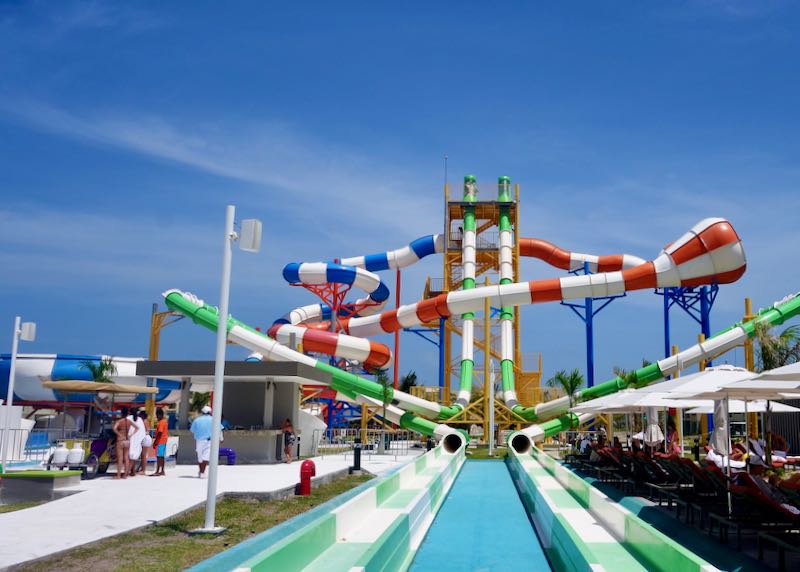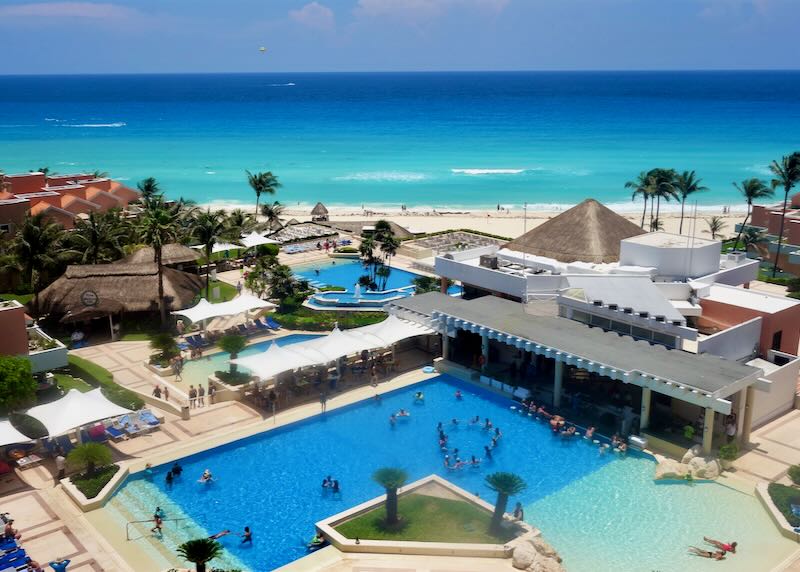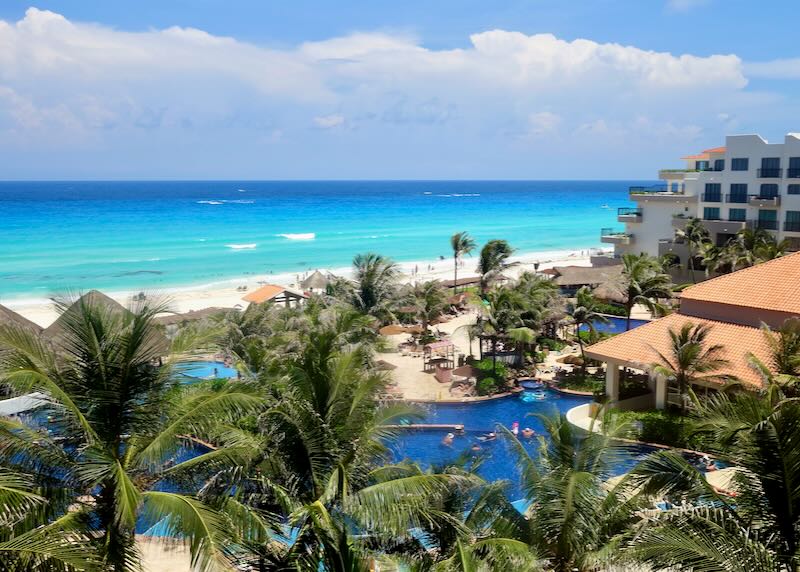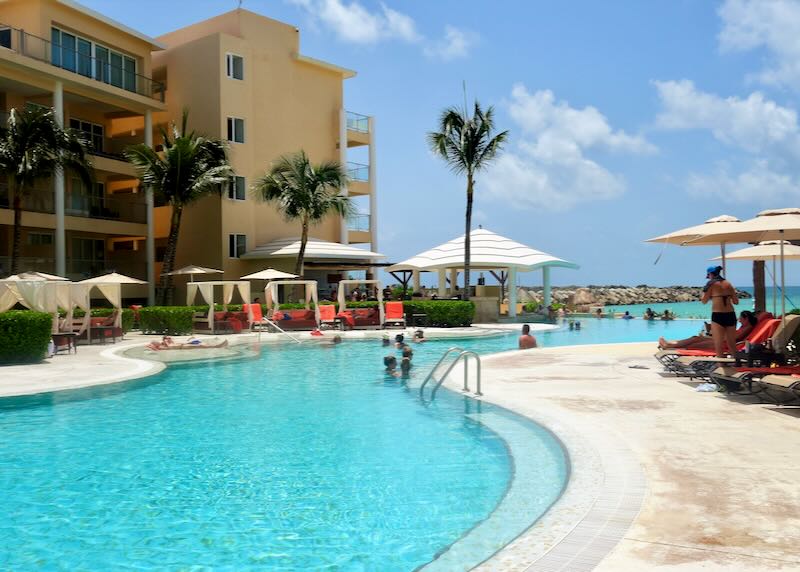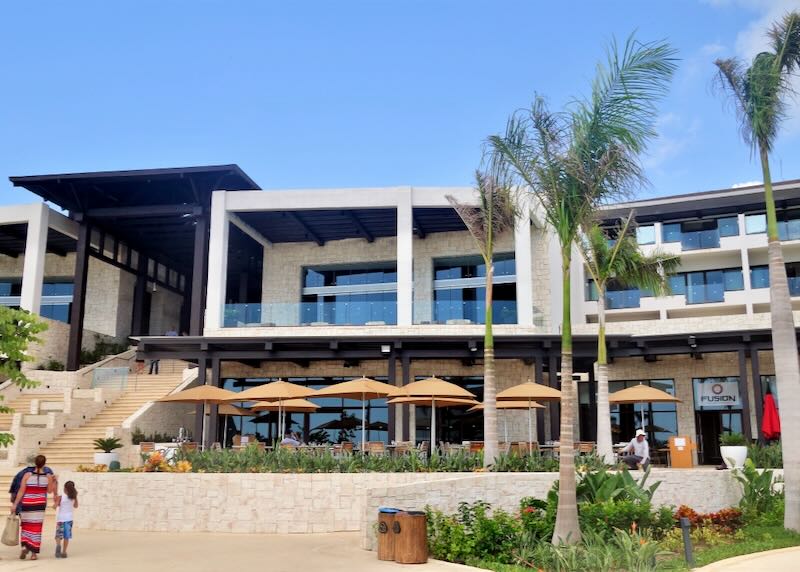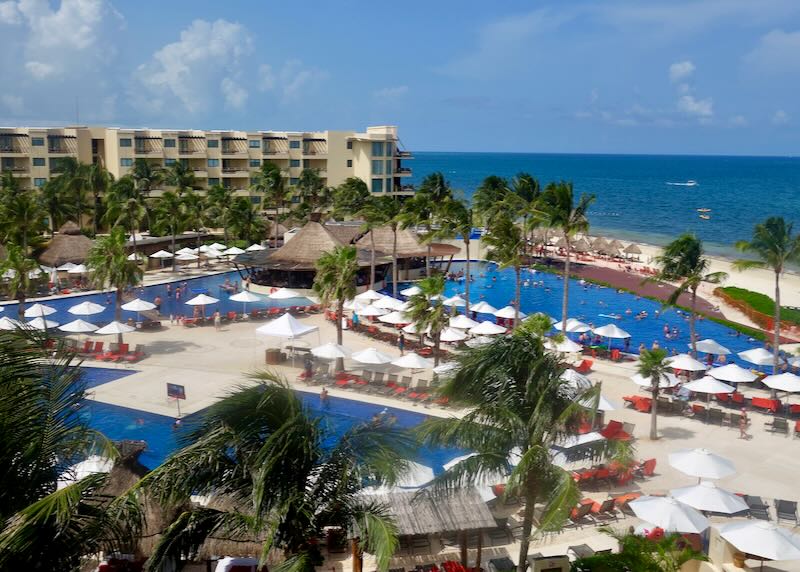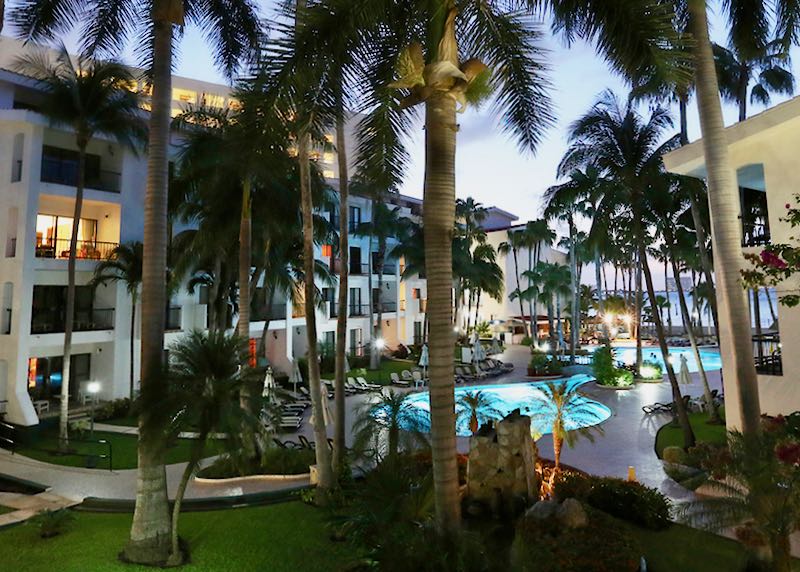Mexico › Best Places to Stay in Guadalajara
Updated: November 28, 2022
See Also
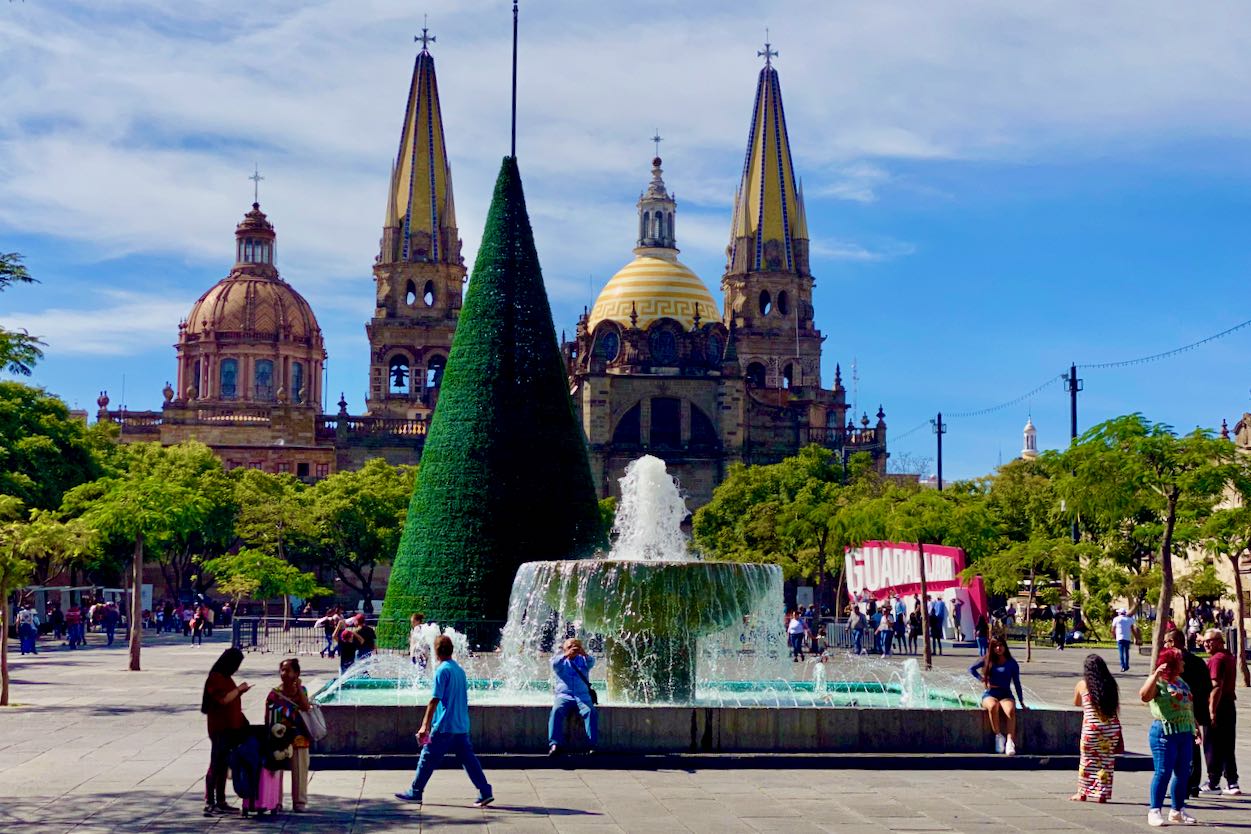
Staying in Guadalajara – Tips & Info
- Guadalajara is the cultural center of Mexico and considered by most to be the home of Mariachi music. Guadalajara is Mexico‘s second-largest city and is located in the state of Jalisco. The city is located in the center of Mexico, 350 miles west of Mexico City and 200 miles east of Puerto Vallarta.
- Guadalajara was founded in 1542 and its historic center (centro) houses some of the most familiar landmarks including colonial plazas, the neoclassical Teatro Degollado, and the Roman Catholic cathedral and basilica Catedral de la Asunción de María Santísima.
- The city is named after the Spanish city of Guadalajara, meaning “river/valley of stones”. Guadalajara is known by the nicknames La Perla de Occidente (pearl of the West), City of Fountains, Jalisco Bride, and The City of Roses.
Best Areas to Stay in Guadalajara
The state of Jalisco is home to the town of Tequila (where the spirit was created and the only place it can be produced in the world), which is just an hour by car from Guadalajara. One of the most popular day trips from Guadalajara is taking a Tequila train to the town of Tequila to visit the distilleries of Jose Cuervo, Don Julio, Herradura, and several more.
Guadalajara is a city that is filled with great food, beautiful colonial architecture, history, street art, galleries, and museums. It is close to small towns like Tlaquepaque and Tonalá with exquisite crafts, live music, and artwork.
Guadalajara is also a foodie town with everything from traditional Mexican to fusion cuisine as well as international specialties. A few dishes that were invented in Guadalajara are Tortas Ahogadas (pork carnitas sandwich), Birria (meat stew), and Jericalla (a cross between flan and creme brûlée).
Museums include the Hospicio Cabañas, the Regional Museum of Guadalajara, and the Museum of Arts of the University of Guadalajara (MUSA), to name just a few.
Guadalajara offers great options for families such as the Nuestros Dulces candy factory tour in Tlaquepaque. There are 2 museums specifically for kids and families: Guadalajara Museo Trompo Magico and Globo Museo de la Niñez. Another fun museum for kids is the Museo de Paleontologia. There is also a Zoo (ZooLogico Y Safari) in the city. A bit outside the city is Natural Adventure Fun Park, an amusement park with thrill rides, kids’ rides, zip lines, go-karts, and a climbing wall. Beyond this, there are lots of parks and fountains throughout the city for fun family time.
For outdoor activities, Lake Chapala is about one hour from the city. It is Mexico’s largest freshwater lake. At the lake there are several boardwalks and pathways, waterfalls, thermal springs, mud baths, hiking and biking trails, and activities such as horseback riding, jet skiing, kayaking, and much more.
Guadalajara has an incredible restaurant, bar, and tequila scene. It also has an up-and-coming craft beer culture. Some of the most popular breweries are the UMHO, San Lupulo, and Cucapa.
The metropolitan area of Guadalajara consists of 4 urban districts – Guadalajara, Tlaquepaque, Tonala, and Zapopan – and 3 suburban districts, Tlajomulco, El Salto, and Tequila. Within Guadalajara there are several neighborhoods including downtown (centro), Zona Expo, Colonia Americana, Minerva, and Providencia to name just a few.
Downtown offers the most for travelers. It is the heart of the city and you can easily walk to the cathedral, center fountain, museums, shops, restaurants, and bars.
Colonia Americana is Guadalajara’s trendiest neighborhood and Avenida Chapultepec is the heart of the area. Staying in Colonia Americana, particularly near Av Chapultepec offers a lot of great restaurants and bars and proximity to museums, galleries, shops, and more.
Zapopan is located northwest of downtown. Its biggest tourist attraction is the Basilica of Zapopan, home to the Virgin of Zapopan. It has been accredited with a series of miracles and visited by Pope John Paul II.
Zona Expo is the location of the largest fairground in the city and the convention center. It is located southeast of downtown Guadalajara in Colonia Valle Verde. Because of the convention center, the Zona Expo has a large number of hotels of all types, especially business chains, and is a popular area for business travelers.
Tlaquepaque is located south of the city and is a colorful town with a colonial character and historic center. It is the best place to experience live Mariachi music and is also the location where many artists have open working studios for painting, pottery, textiles, and blown glass crafts.
Zapopan and Tlaquepaque are located in the metropolitan area of Guadalajara, but are their own cities.
The best hotels in Guadalajara are mostly focused in the downtown center, although you’ll find hotels in most neighborhoods within the city and its outskirts. There are several hotels, boutique hotels, hostels, as well as hacienda stays.
Villa Ganz was the first luxury boutique hotel to open in Guadalajara. Gran Casa Xalisco is one of the older hotels in Guadalajara and originally opened in 1895. It’s located across the street from Jardín Mexicaltzingo, just over a mile from the city center.
Haciendas are a way to get a more intimate Mexico experience. Most of the hacienda properties are outside of the city center. Hacienda Labor De Rivera is about an hour outside of the city in the town of Teuchitlán and dates back to 1560. Today it operates as a luxurious spa hotel, surrounded by dozens of tequila distilleries and is a member of Historic Hotels Worldwide.
Popular luxury hotels within the city of Guadalajara include Quinta Real, Demetria, and Casa Habita.
Best Places to Stay in Guadalajara
The view from the great-value DoubleTree Centro Historico.
- Best Luxury Hotels in Guadalajara
Quinta Real • Demetria • Casa Habita • Villa Ganz • Hard Rock Hotel • Gala Hotel Boutique- Best Midrange Hotels in Guadalajara
DoubleTree Centro Historico • Riu Plaza • Westin • AC Hotel- Best Boutique Hotels in Guadalajara
Villa Ganz • Casa Habita • Quinta Don Jose • San Pietro- Best Cheap Hotels in Guadalajara
La Mansion del Sol • Santiago de Compostela • Hotel Francés- Best Hostels in Guadalajara
Hostel Hospedarte Centro • Hostel Hospedarte ChapultepecBest Time to Visit Guadalajara
The best times to visit Guadalajara is between October and December when the weather is dry and temperatures are in the lower 80s. During these months there tend to be a lot of festivals. January through May tend to have the lowest hotel prices.
Guadalajara’s driest months are January, February, March, April, November, and December. August is the wettest month. The warmest month is May with an average maximum temperature of 90°. The coldest month is January with an average maximum temperature of 77°.
Travel to Guadalajara is best to/from the Miguel Hidalgo International Airport (GDL), which is located 24 miles from the city center of Guadalajara, with non-stop daily flights from the United States and Canada.
Fun Fact: Tapatío is a Mexican Spanish colloquial term for someone from Guadalajara. It is also used as an adjective for anything associated with Guadalajara.
Best Areas in Guadalajara for…
- Best Neighborhood in Guadalajara to Stay for First Timers: Centro Historico (Downtown)
If it’s your first time in Guadalajara, Centro is a great choice. The center square of Guadalajara, known as Plaza de Armas, is the location of Guadalajara Cathedral (Catedral de Guadalajara) that began construction in 1558. In front of the cathedral is Plaza de los Laureles, a smaller square with a beautiful fountain. Centro is the heart of the city and the main tourist area. From here you can easily walk to museums, shops, restaurants, and bars. Guadalajara is a foodie town with lots of history, art, culture, and great museums; all of these can be found in and around downtown. One of the many things that makes this area special are the street murals painted by the famous artist, José Clemente Orozco. From downtown, you can easily board the Herradura Express, Tequila Express, and Jose Cuervo Express trains to the town of Tequila. Accommodations are a combination of midrange, luxury, boutique, and budget hotels.- Best Neighborhood in Guadalajara for Sightseeing: Downtown or Tlaquepaque
When it comes to sightseeing, Downtown (Centro) Guadalajara is packed with historic landmarks because it’s where the city’s history began. It’s a very walkable neighborhood, with the most important landmarks within a radius of just a few blocks. Among the must-sees locations: Teatro Degollado, a neoclassical theater that dates to 1856 and still hosts live performances, Hospicio Cabañas, a UNESCO World Heritage Site and museum which is the best place to see masterpiece murals by Mexican artist José Clemente Orozco and the Guadalajara Cathedral. The best shopping is located in and around Calle Juarez. The center square downtown has many restaurants such as Las Sombrillas which is located in Plaza Guadalajara in front of the cathedral.Tlaquepaque is another great neighborhood for sightseeing, especially if you love art, galleries, shopping, and Mariachi music. Tlaquepaque is known in Mexico as an important pottery town where artisans make beautiful, hand-painted creations. The town is located about 8 miles south of the city center and there are numerous galleries and artist working spaces that can be visited by the public. Important tourist attractions include the Refugio Cultural Center, the Regional Museum of Ceramics, the Plaza del Jardín Hidalgo, and the church of San Pedro Apóstol. The best shopping is located in and around Calle Independencia. For live music head to El Parían pavillion or Casa Fuerte.
- Best Neighborhood in Guadalajara for Nightlife: Avenida Chapultepec and Zapopan
Zapopan is a large region located northwest of downtown where you can find shopping malls, fresh seafood restaurants such as Mercado del Mar, and great options for bars and nightclubs. Célebre Music Bar offers live ’80s and ’90s rock music in an Irish bar setting. Beer lovers should head to La Malta Bar in Zapopan for their selection of more than 120 beers from around the world. For a true nightclub experience, head to Bossé for bottle service and music by DJ’s.The Chapultepec/Americana neighborhood is where you’ll find trendy restaurants, cool bars, and nightclubs featuring DJs and live bands. One of the most popular bars in the neighborhood is Pare de Sufrir Mezcalería, known for its vast selection of mezcal and tequila. Bar Américas is another popular venue in the neighborhood and famous for electronic and techno music parties. If you enjoy beer, head to La Humadera, where they have more than 350 different craft beers as well as some amazing vacío & arrachera tacos.
- Best Neighborhood in Guadalajara for Food and Restaurants: Colonia Americana & Throughout the City
Guadalajara is a great city for foodies, with everything from traditional Mexican to fusion cuisine as well as international specialties. The best restaurants are scattered throughout the city.The Chapultepec/Americana neighborhood is a favorite foodie spot for locals. Santo Coyote is a great choice for Mexican cuisine and tequila cocktails. For brunch, Café Sinónimo is excellent and known for their HotCakes Americanos and burrito Sonora. Other favorites in the neighborhood are Chulada Cocina with specialities of Lonche de Cachete, and for a more traditional dish, their Cowboy a las brasas is always delicious.
For upscale modern French cuisine, Magno Brasserie is a good bet and favorites here are the fried chicken sandwich and Agnolotti de elote. For a more upscale experience, the tasting menu at Teté Cocina de Barrio can’t be beat (you need a reservation because they only serve 14 people a day). Casa Luna is a great choice in Tlaquepaque.
- Best Neighborhood in Guadalajara for Families: Downtown (Centro)
If you are visiting Guadalajara with your family, downtown is a great choice. It’s centrally located and there is an abundance of things to keep the whole family happy. For a first time family visit, there are many sites you’ll want to see in the downtown area, making it quite convenient. Many of the hotels are just steps to the center square where you’ll find the cathedral, fountain, and many restaurants. Just a mile from Centro is a great kid-friendly museum, the Museo de Paleontologia. Other family fun spots that are outside of the downtown area include Nuestros Dulces candy factory in Tlaquepaque, Guadalajara Museo Trompo Magico (The Magic Top Museum), Globo Museo de la Niñez, and the Zoo (ZooLogico Y Safari).- Most Romantic Neighborhood in Guadalajara: Downtown or Tlaquepaque
The Zona Central is especially beautiful and romantic at night with the fountain and cathedral lit. One of the most romantic things to do is enjoy a horse-drawn carriage ride around the city center. They are especially charming at night, when many buildings are lit by twinkling lights.Visiting Casa Colomos with its romantic Japanese park and Buddhist garden is a great way to spend an afternoon. You can also go horseback riding in the park.
The nearby quaint colonial town of Tlaquepaque can be quite romantic. Stroll around the streets filled with art installations, art studios, wonderful restaurants, shops, and a beautiful cathedral.
- Best Neighborhood in Guadalajara for a Local Vibe: Colonia Americana
Colonia Americana is Guadalajara’s Trendiest Neighborhood. Avenida Chapultepec is the heart of the area where you’ll find restaurants, cool bars, and nightclubs. The neighborhood has a great atmosphere and is safe to walk around and explore. From Colonia Americana it’s a quick and easy walk to Centro, so you still feel like you are in the middle of things. Walking to Colonia Santa Tere provides a more local experience. The Chapultepec / Americana neighborhood is a favorite foodie spot for locals. You can find everything from cheap tacos to sushi, thai, and pizza. Nearby, the Museo de las Artes Universidad de Guadalajara has murals by José Clemente Orozco, plus paintings and sculptures by other Mexican artists.- Best Neighborhood in Guadalajara for Shopping: Tlaquepaque & Downtown Mercado
Tlaquepaque is the arts and crafts center of Guadalajara and a perfect place to experience Guadalajaran culture at its most authentic. This old town neighborhood offers authentic Mexican food within a square filled with restaurants called The Parian. Calle Independencia, a pedestrian street lined with shops, restaurants, galleries, and leather artisans is the best place to shop. Leather goods are an especially good purchase.Mercado Libertad in the centro downtown offers thousands of stalls selling everything from food to handicrafts, souvenirs, cooking utensils, jewelry, saddlery, and clothing to electronics. It is easy to spend several hours wandering around all the interesting market stalls.
Exploring the streets surrounding centro downtown you’ll find all kinds of markets and shops selling artisanal Mexican crafts, clothes, perfumeries, and much more. The best shopping is in a concentrated area on Calle Juarez.
- Safest Areas of Guadalajara
Guadalajara is a big city and it is normal to have some crime. As Mexico’s second biggest city, it somehow offers a big city feel without the chaos. All of the tourist areas including Centro, Zapopan, Tlaquepaque, and the Financial District are mostly safe during the day. Keep your eye on purses, backpacks, and cameras at all times. Standard precautions apply at night, as they do in any city.- Unsafe Areas of Guadalajara
As a whole, the tourist areas of Guadalajara are safe, especially during the daylight hours. Petty crimes such as theft are the biggest issue you will most likely find in the tourist areas. Guadalajara is a city that was divided historically into east and west. The east was always considered the domain of the lower classes, while the west was the residence of the upper classes. This division is still maintained today. As with any city, there are a few areas that you may want to avoid such as the eastside of the Calzada and Oblatos. It’s best not to wander anywhere after dark on your own.5 Best Neighborhoods in Guadalajara for Tourists
1. Downtown (Centro)
If it’s your first time in Guadalajara, staying in the downtown “Centro” district is your best bet. The center square of Guadalajara is the heart of the city and you can easily walk to museums, Guadalajara Cathedral, art galleries, shops, restaurants, and bars. The most popular attraction beyond the Cathedral is the World Heritage-listed Instituto Cultural Cabañas. The museum is built in the Neoclassical style and is a former hospital and orphanage. The main highlight here is the collection of 57 magnificent frescoes painted by José Clemente Orozco. If you are into shopping, Mercado Libertad (also known as Mercado San Juan de Dios) is the largest indoor market in Latin America. There are thousands of stalls selling everything from food to handicrafts, souvenirs, cooking utensils, jewelry, and leather goods. Most vendors in the market allow for and expect haggling. For a great overview of downtown Guadalajara, sign up for the free walking tour which covers the history, culture, and many highlights. Tours start every day at 10 am near the Gazebo located in Plaza de Armas next to the Guadalajara Cathedral. Centro restaurants are plentiful. Local favorites include Cafe Madoka and Cafe Benito Sala Juárez (which also is a book store and has live music on occasion). There are many choices for hotels Zona Centro including the Doubletree, Hotel de Mendoza, and Hotel Morales.
- Best Hotels: Hotel Morales Historical & Colonial • Presidente InterContinental • DoubleTree Centro Historico
- Best Moderate Hotels: Hotel Santiago De Compostela • Hotel Fenix • Hotel de Mendoza
2. Colonia Americana
Colonia Americana in a trendy and hip neighborhood within walking distance to Zona Centro. Templo Expiatorio del Santísimo Sacramento, a soaring neo-Gothic church with stained-glass windows and a clock tower, sits on a small square and is worth a visit. From this neighborhood, it’s a quick and easy walk to the historic center, cathedral, and the theater. There are 2 great art museums within walking distance of the neighborhood: the Museum of Arts of the University of Guadalajara (MUSA) and the Museo de Arte Raúl Anguiano (MURA). Galería Guadalajart in Colonia Americana has over 130 works (paintings, sculptures, and more) by over 30 local artists. Avenida Chapultepec is the main street in the neighborhood where you will find shops, bars, and restaurants. Staying in Colonia Americana, particularly near Av Chapultapec offers a great vibe and is safe to walk around and explore. Favorite restaurants close to Av Chapultepec are Pig’s Pearls for fancy hamburgers, TaCorea for the best Korean bulgogi, Siam Thai Kitchen for great Thai fusion, UmaUma for ramen, Momotabi for gyozas, Il Diavolo or La Dolce Vida for Italian, and Suehiro for sushi. Colonia Americana is very central and it’s a very convenient jumping-off point to explore additional areas in Guadalajara like Zapopan and Tlaquepaque. You’ll find a great selection of hotels in a variety of prices, quality, and styles.
- Best Hotels: Demetria • Casa Habita • Gala Hotel Boutique
- Best Cheap/Moderate Hotels: Casa Bruselas • Hotel Isabel
3. Zapopan
Zapopan is located northwest of downtown. Its biggest tourist attraction is the Basilica of Zapopan, which is home to the Virgin of Zapopan. You can find La Gran Plaza Fashion Mall, fresh seafood restaurants, and great options for bars and nightclubs. Museums in the area include the Zapopan Art Museum which houses contemporary works by Mexican and international artists as well as the Huichol Wixarika Museum that showcases crafts and art by a local indigenous group. Kid-friendly activities in Zapopan include Guadalajara Museo Trompo Magico (The Magic Top Museum) and taking in a baseball game at the stadium for the Charros de Jalisco professional team. Restaurants worth a visit are Tacos de Barbacoa con Queso for an authentic Mexican experience as well as El Almacén and Sonora Prime for the best steaks in Guadalajara. Bars worth a visit are Célebre Music Bar and La Malta. For a true nightclub experience head to Bossé.
- Best Hotels: Hyatt Regency Andares • Grand Fiesta Americana Country Club • Hard Rock Hotel • Camino Real
- Best Cheap/Moderate Hotels: Áurea Hotel & Suites • Hotel Malibu
4. Tlaquepaque
Tlaquepaque is a quaint town with colonial character and a historical center. The town is most famous for its pottery and live Mariachi performances. Head to El Parían, an area with more than a dozen restaurants that surround a gazebo where mariachi performers entertain daily from 3pm onward. Two other top tourist attractions are the umbrellas hanging along the pedestrian street Calle Independencia (near Jardin Hidalgo) as well as The Tlaquepaque sign which is just outside the visitor’s center. The most popular street for visitors is Calle Independencia, a pedestrian street lined with shops, restaurants, galleries, leather artisans, art installations, and sculptures. This is the most visited and most beautiful area of Tlaquepaque. Other important tourist attractions include the Refugio Cultural Center, the Regional Museum of Ceramics, the Plaza del Jardín Hidalgo, and church of San Pedro Apóstol. At the ceramic museum ask for a map of local artists who have open working studios. One of the most popular restaurants in Tlaquepaque is Restaurante Casa Luna which is known as much for its food as its quirky and whimsical atmosphere.
- Best Hotel: Radisson Tapatio
- Best Cheap/Moderate Hotel: La Villa Del Ensueno • Quinta Don Jose
5. Zona Expo
This neighborhood is home to the largest fairground in the city and Expo Guadalajara Convention Center. It is located southeast of downtown Guadalajara in Colonia Valle Verde. Zona Expo has a large number of hotels of all types, especially business chains and is a popular area for business travelers. Because it’s a favored location for business travelers, there is a wide variety of cafes, restaurants, shopping centers, entertainment venues, and more. A few favorite restaurants in the area are Fornino and La Moresca for Italian, El Tango and La Bocha for steaks and Los Arcos and El Pargo for seafood. Mexican restaurants such as La Tequila and El Abajeño are popular and for those looking for a great cocktail and some nightlife, Barezzito, La Chupitería, or the 33 Piano Bar are great choices. On Sundays, in the gazebo in nearby Colonia Chapalita are local arts and crafts exhibitors and food vendors. For the family, head to Natural Adventure Fun Park, an amusement park with thrill rides, kids’ rides, zip lines, go-karts, and a climbing wall. There is also an ice rink in Plaza Bugambilias.
- Best Hotel: Hilton • Hotel y Tú
- Best Cheap/Moderate Hotel: Lemon Green • Ramada Encore • Expo Hotel
Read More
- Guadalajara – Travel Guide
- Cancun – Best Hotels
- Cancun – Family Hotels
- Isla Mujeres – Best Hotels
- Isla Mujeres – Family Hotels
- Los Cabos – Travel Guide
- Los Cabos – Best Hotels
- Los Cabos – Family Hotels
- Mazatlan – Best Hotels
- Mazatlan – Family Hotels
- Playa del Carmen – Best Hotels
- Playa del Carmen – Family Hotels
- Puerto Vallarta – Best Hotels
- Puerto Vallarta – Family Hotels
- Punta de Mita – Best Hotels
- Sayulita – Best Hotels
- Tulum – Best Hotels
- Tulum – Family Hotels
